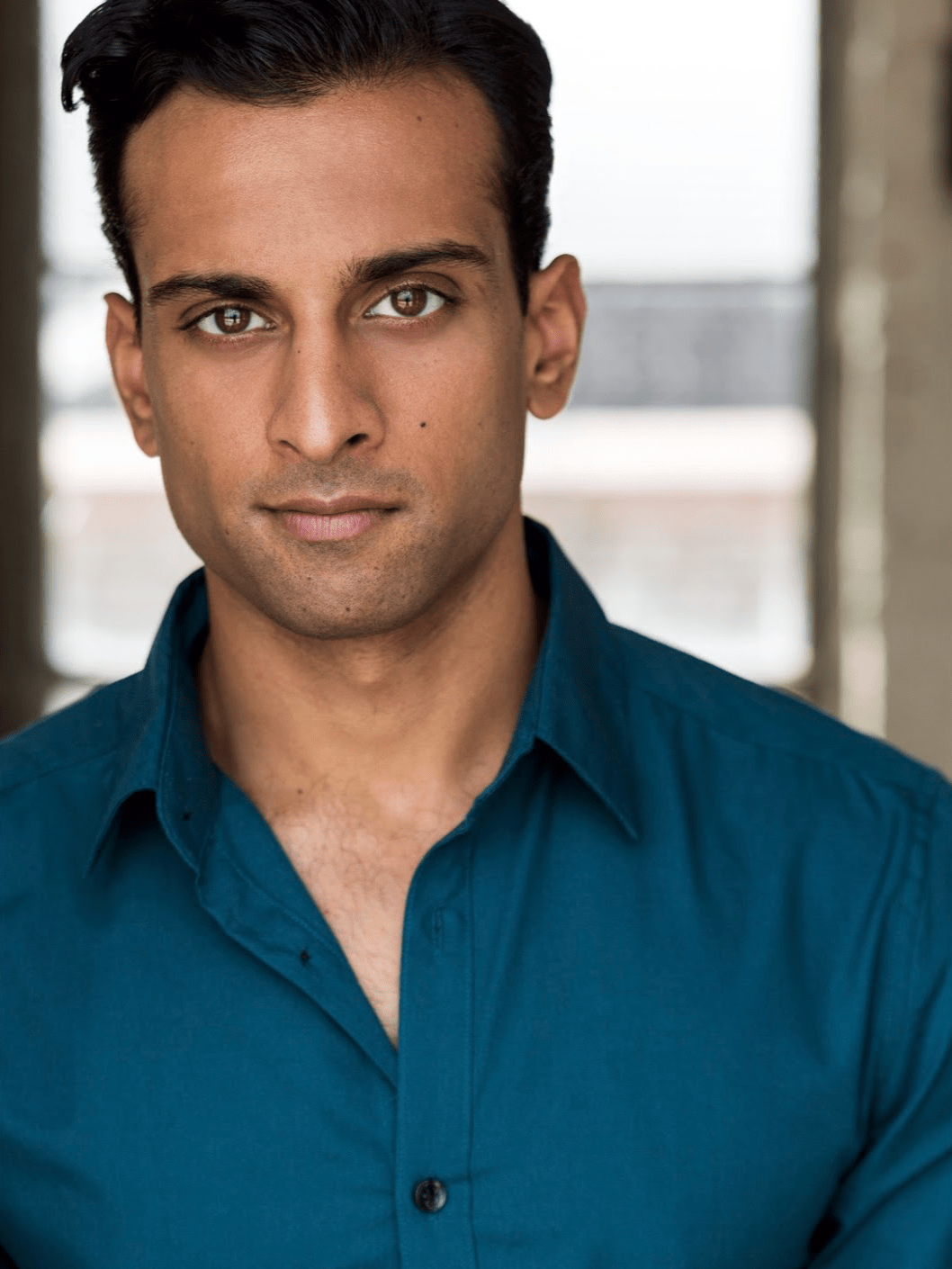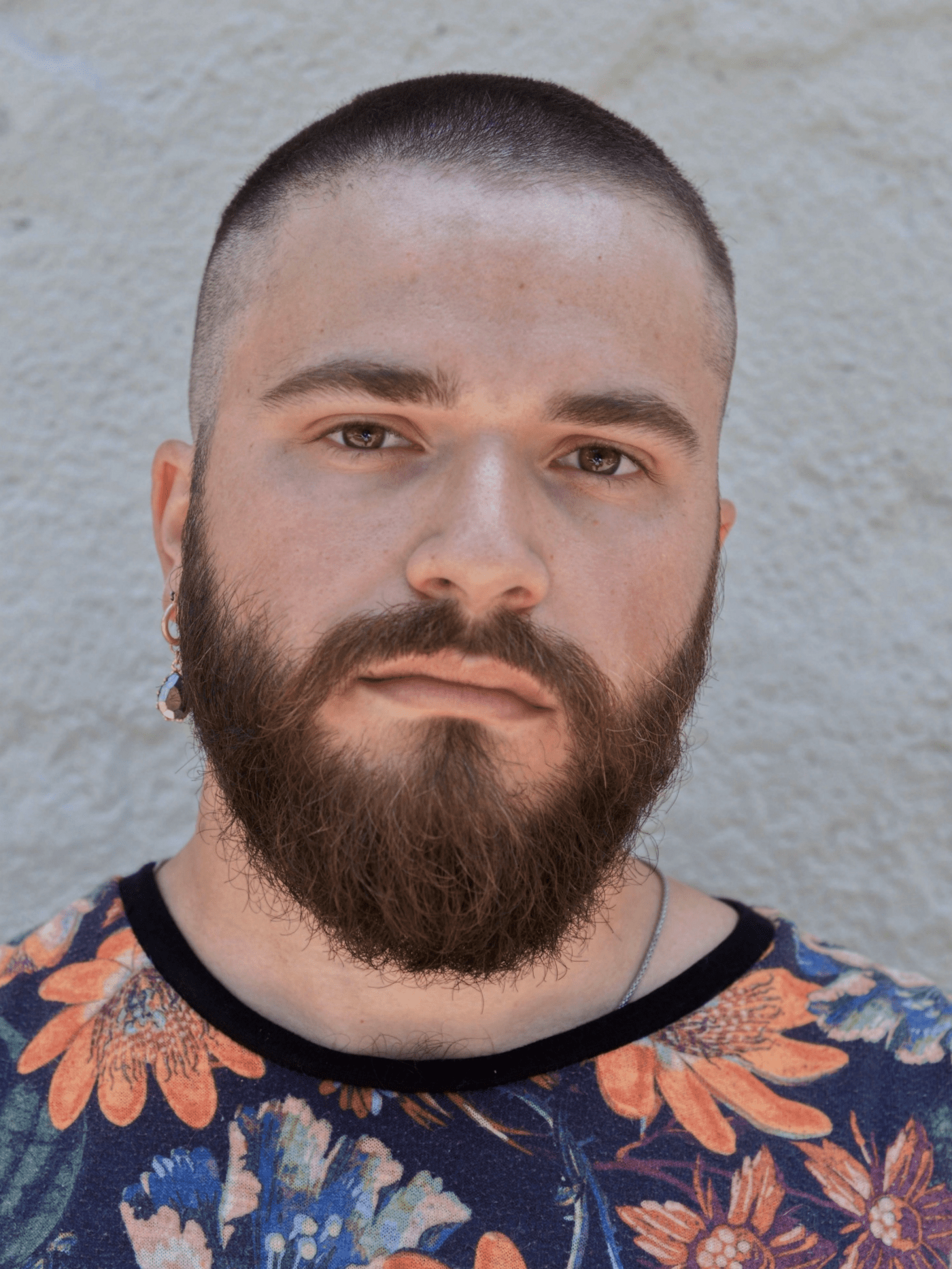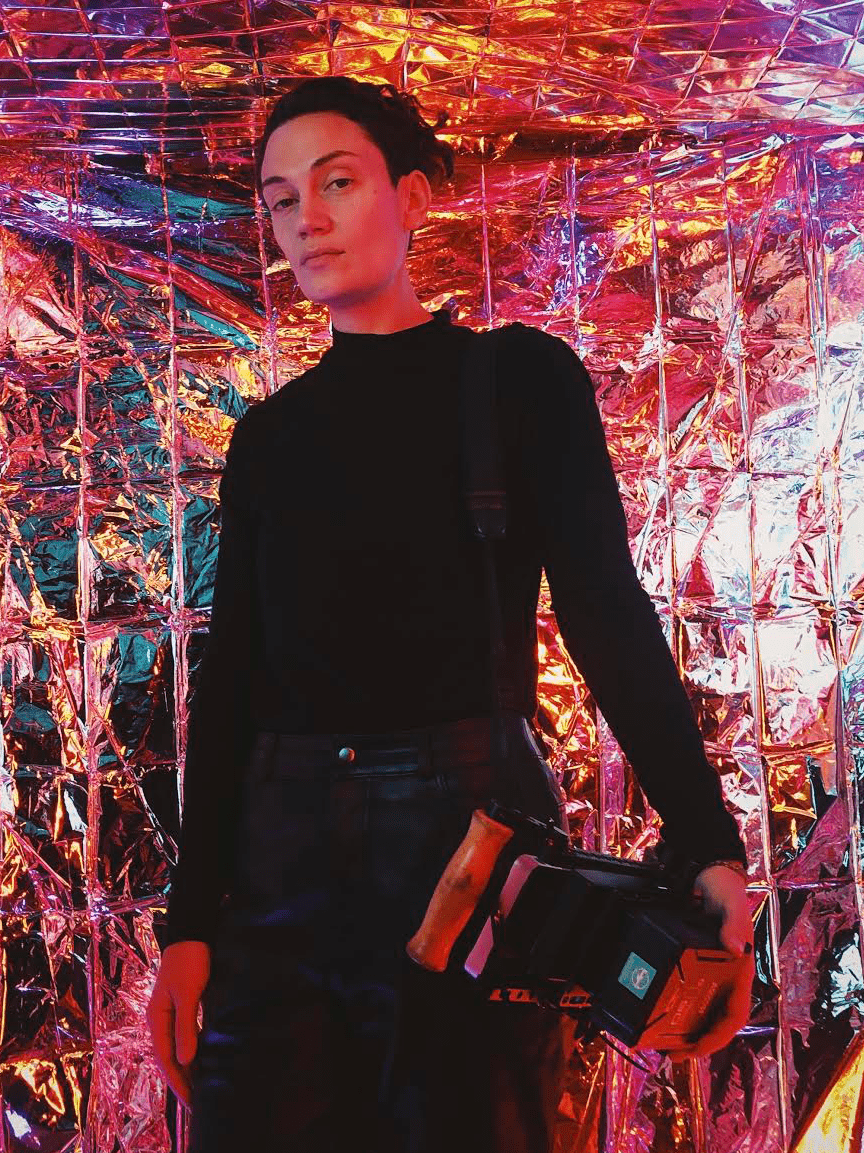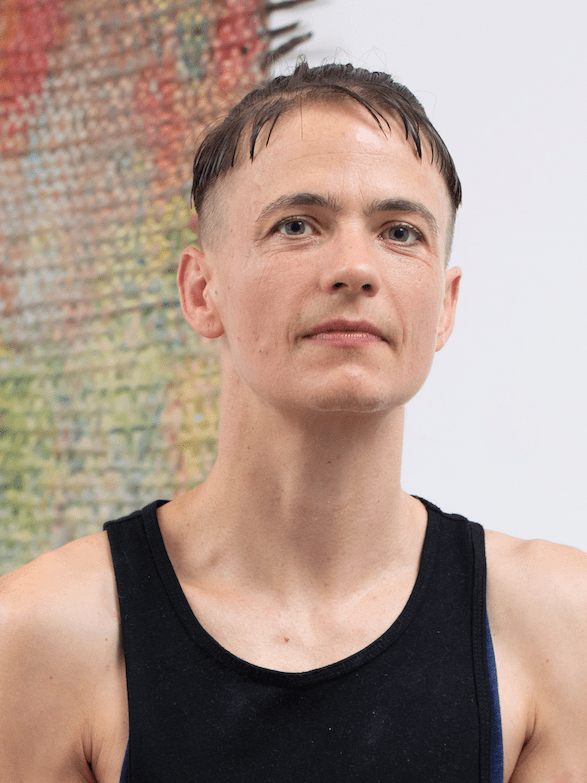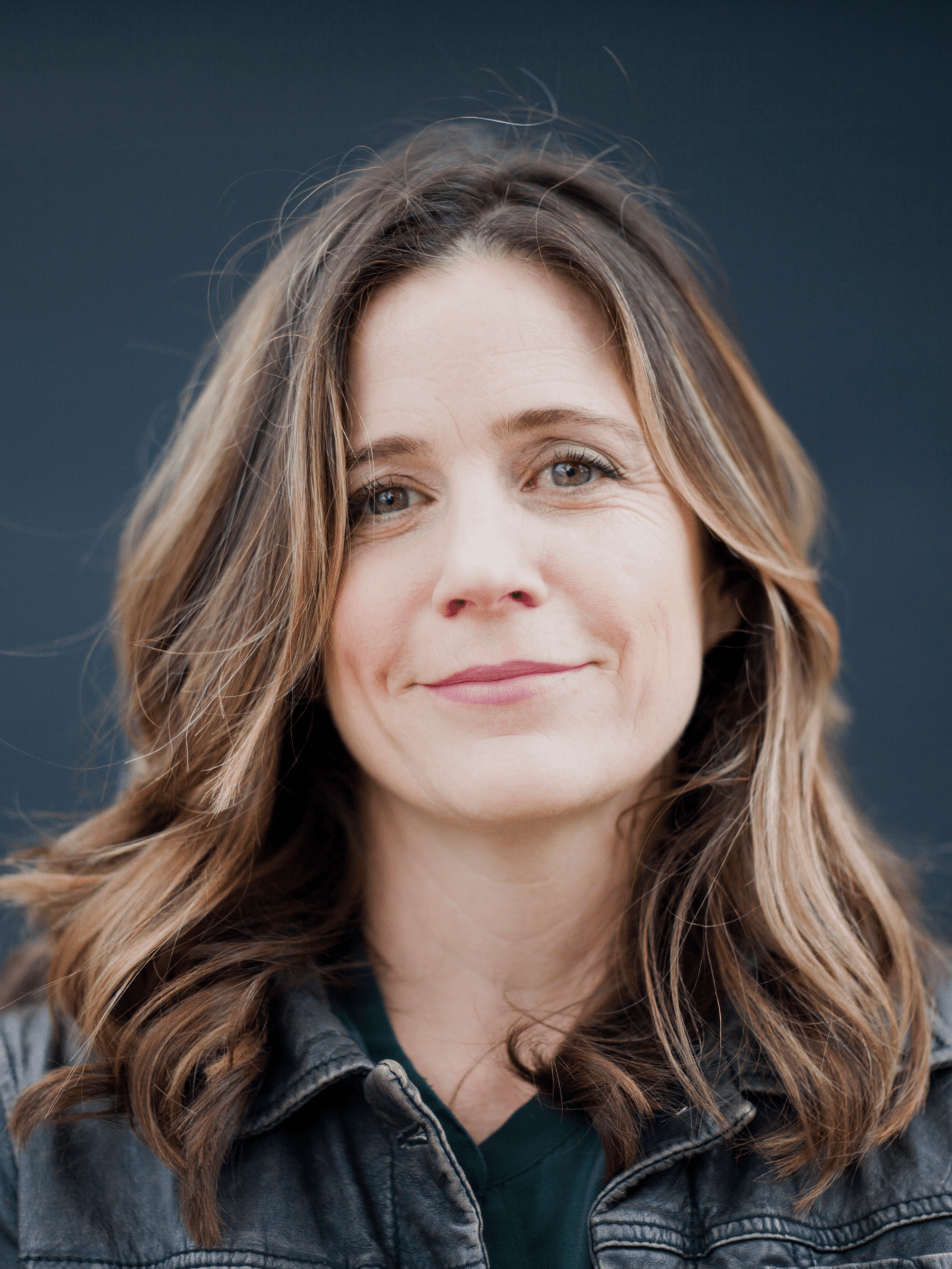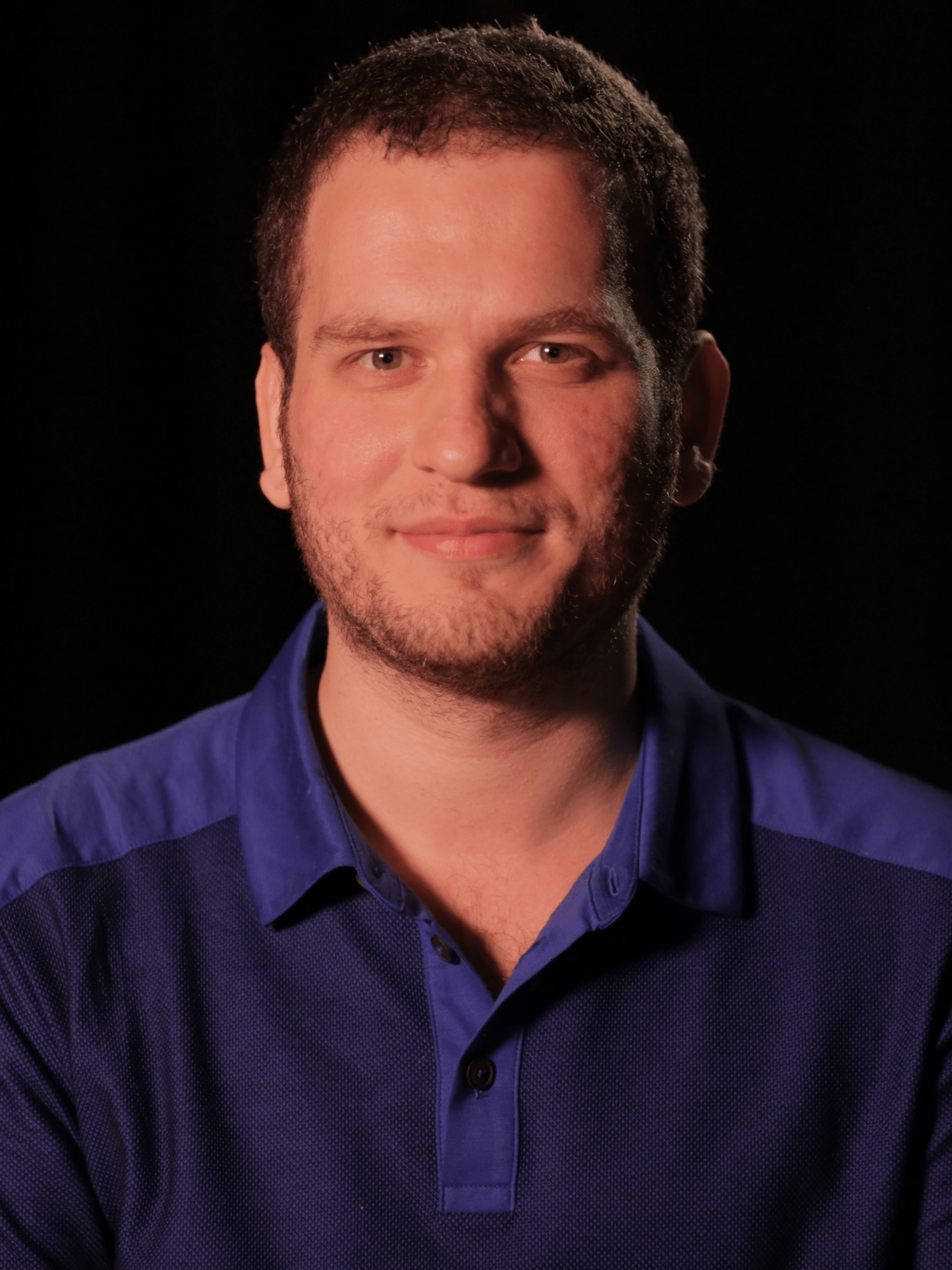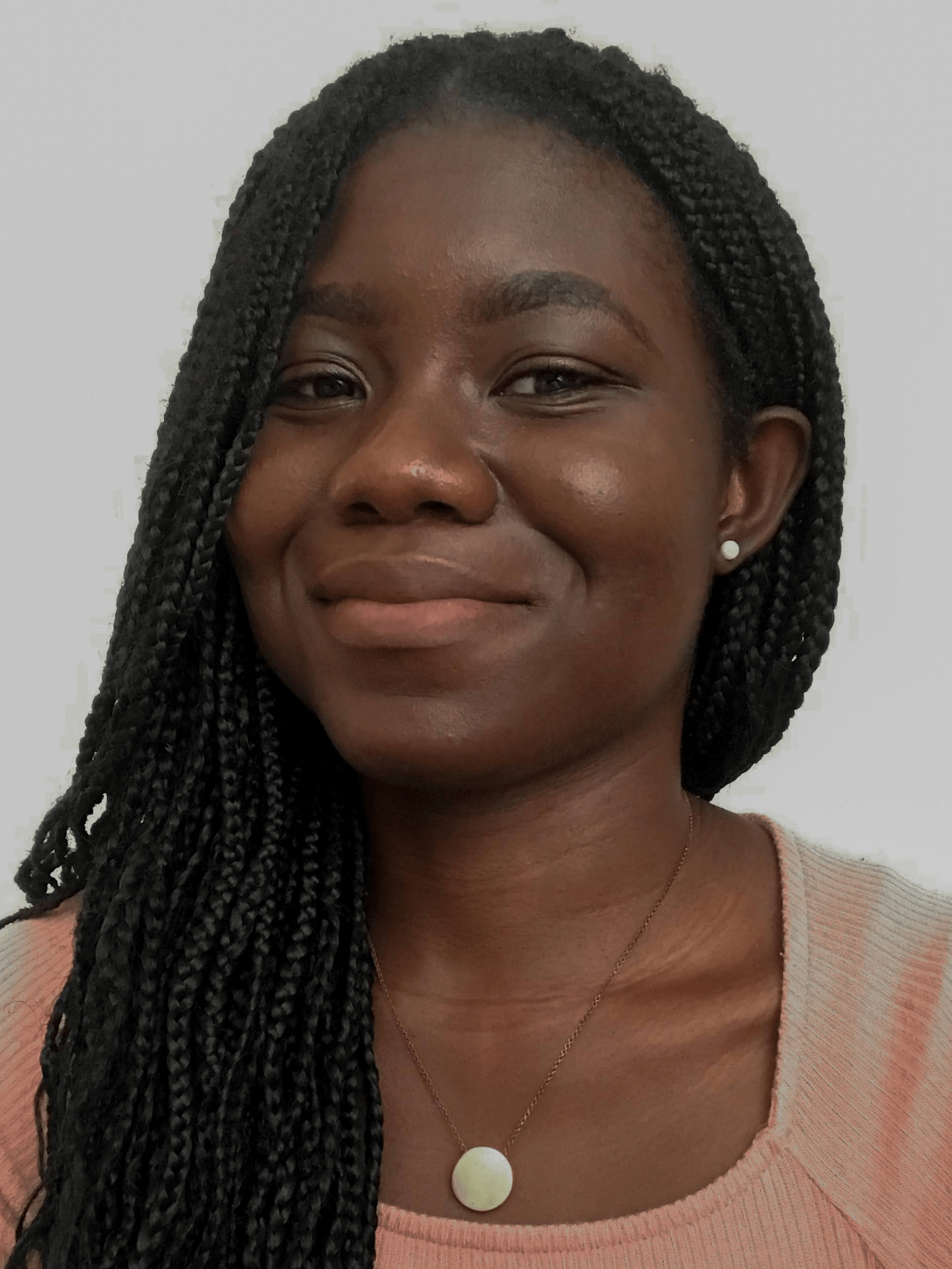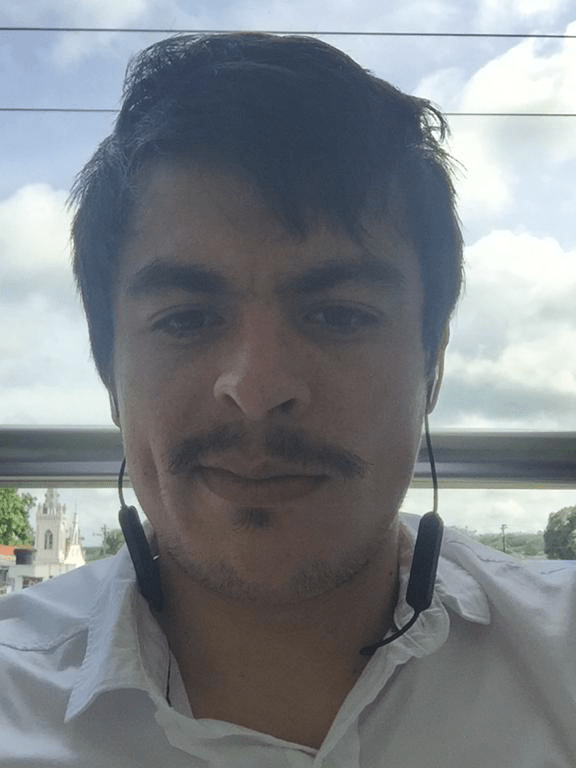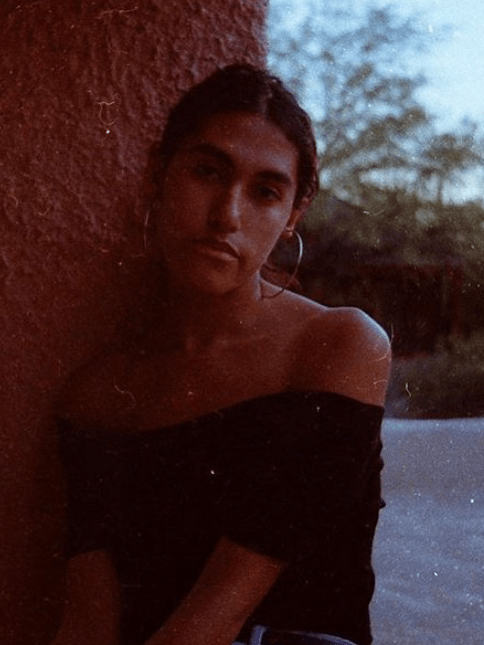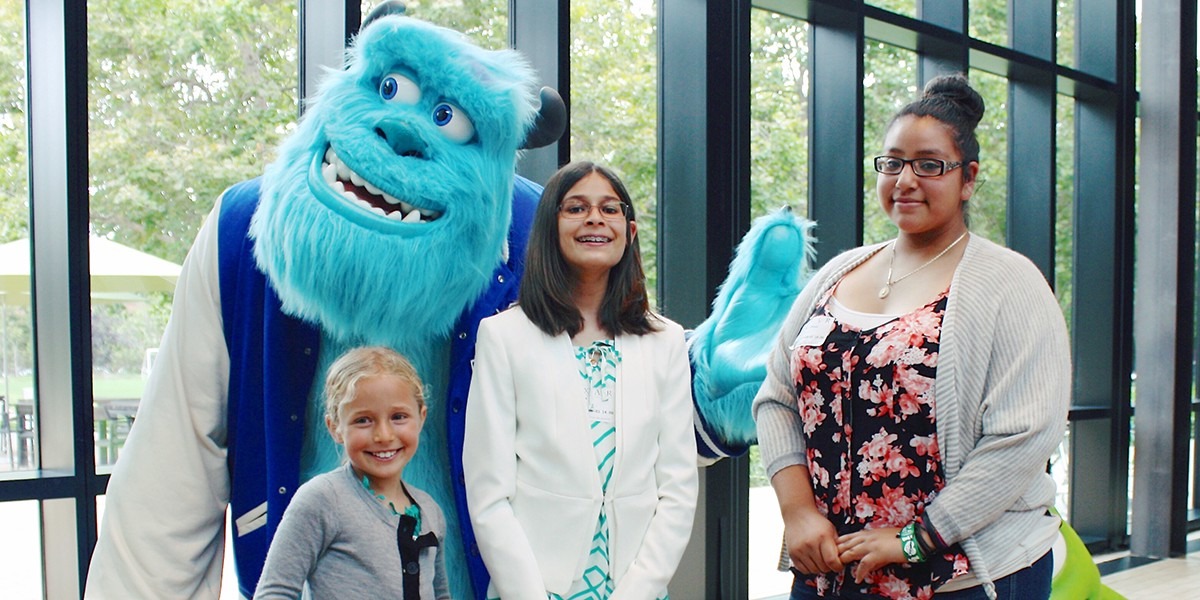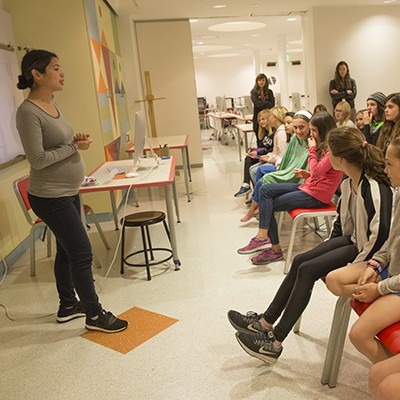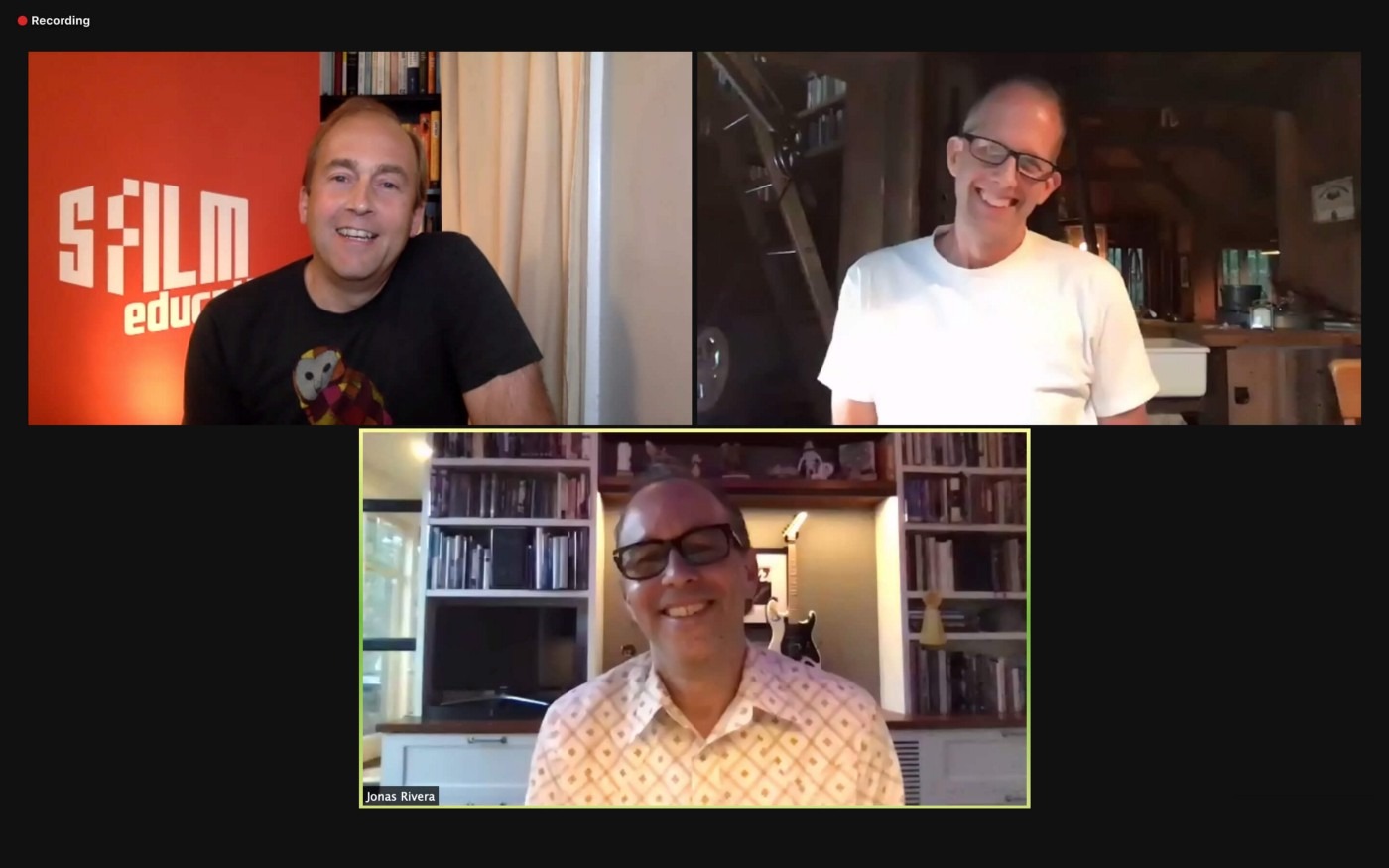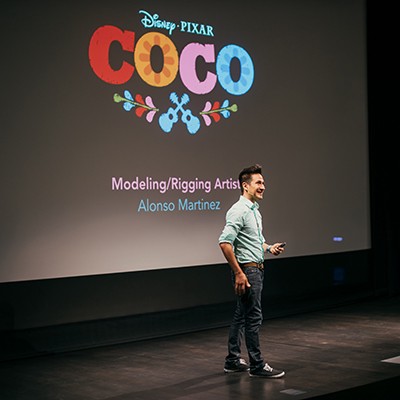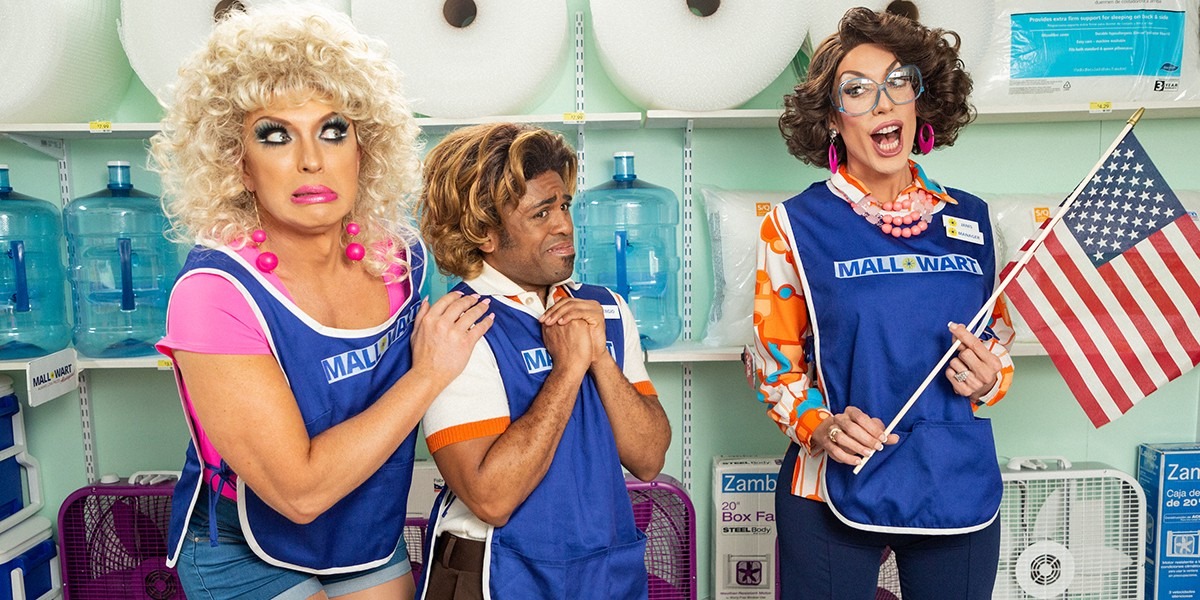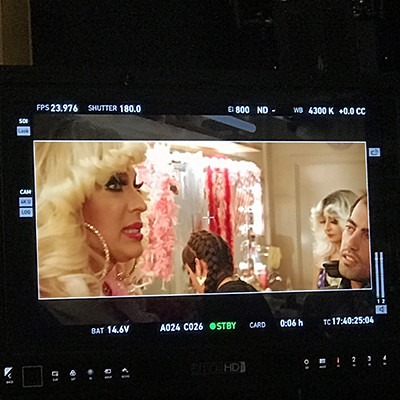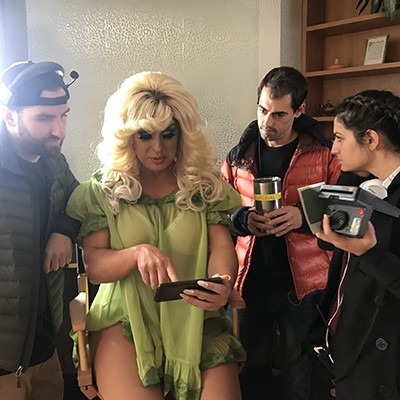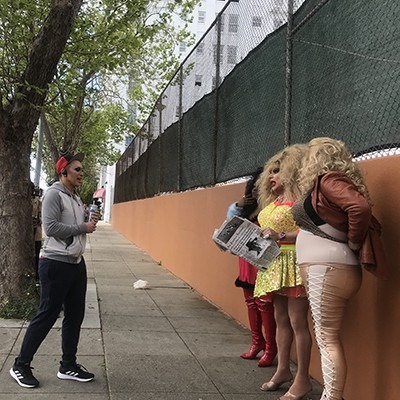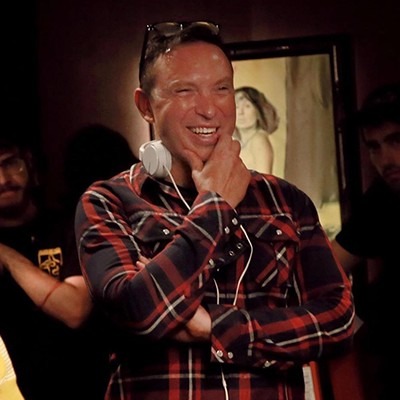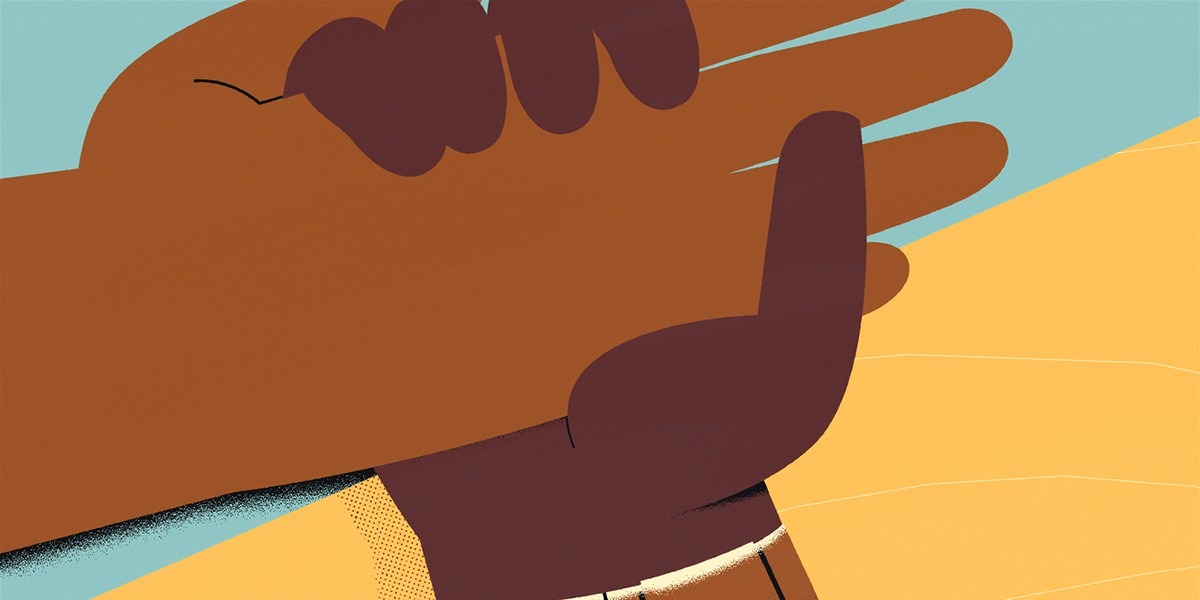On Being Like Water by Patricia Lee
“Be like water making its way through cracks. Do not be assertive, but adjust to the object, and you shall find a way around or through it.” — Bruce Lee
I am a filmmaker and current SFFILM FilmHouse resident. Three years ago I could not have fathomed that sentence applying to me. I had never written a screenplay or worked on any movies. I had only imagined what it might be like to have the energy to write. The luxury of endeavoring into a creative and personal project seemed elusively out of reach, but three years later here I am. Writing a blog post for SFFILM on becoming a filmmaker.
I hope sharing my story of how I began a daunting midlife transition to writing and filmmaking might be helpful to anyone else considering a major change or creative journey. I know in beginning my own transition, I sought out stories of others who had made huge changes in their lives in order to build up the courage to attempt it for myself.
Three years ago I was working in a full-time management role at an architecture and engineering consultancy that I had been with for over twelve years. It was a role that had come to define me in friendships, leisure reading, and the comfort of a regular paycheck. I worked with colleagues that I cared for and respected. Yet, in my mid-thirties, for more reasons than one, I knew it was time to step back and give myself some space to imagine new possibilities. I was expecting a second child and hoped to find something that was a bit more flexible and community oriented. I had little nagging thoughts that this “something else” could be creative work.
When I finally decided to move to a part-time role and take that extra time to sit down and write, I found I didn’t know where to begin. There was no deluge of creativity, no flood of ideas. I had over time been pounded and compressed into a dense, rocklike hardpan. I had become immovable earth — very good at enduring the daily weather of running a small business, but cracking under the pressure of the vast blank page.
The disappointment of not accomplishing enough each day combined with the self applied pressure of having to write something “good” stifled any trickle of creativity hidden within. Panic attacks soon followed. Why had I left a perfectly fine job only to be defeated by a blank computer screen alone in a tiny room? All of those amazing ideas I had before I sat down to write now seemed to lack any substance.
There was work I had to do internally to excavate the hardpan and make room for change before I would be able to create anything.
Finding the Well
It became clear that I needed help if I was going to find any wells of creativity that might be hiding within. I was not going to break down these learned habits or my internalized self critic sitting alone in a room. I began speaking with a therapist to manage the debilitating panic attacks (shout out to my husband for helping me with this — can go on a whole other aside on the importance of proper mental health support!) and enrolled in an online children’s book illustration and writing class. My god how I embraced the structure of that class!
There were deadlines, expectations, assignments! All the familiar approaches of how I had been programmed to get things done in school and at work for the past thirty plus years helped me move past the existential dread of the blank page. I had a little plot of desk I could call my own and made it an inviting place to sit and think. The writing started to trickle out, a little zine about sentient protozoa, the plucky adventures of a young seal, a teenage magician constantly getting into hi-jinx with her guinea pig sidekick. I was writing. By no means were these stories great, or even good, but that was not the point. The dread of the blank page started to turn into the excitement of what idea may (or may not) present itself that day.
Everyday was an exploration into the unknown. For me it required more of the blind faith of dowsing rather than the scientific rigor of a geotechnical survey in search of water. One day might be a day of reflection, another day might be reading and research, and another might involve actually writing (and then likely rewriting it all later). There were no KPIs (key performance indicators) to measure or daily goals to meet. I had to learn to follow the story and the characters and the ideas. I had to be okay with not knowing exactly where it was all leading. When I started to loosen up without overthinking or criticizing myself before I even began, the ideas finally started to flow. I had found an entry point into the creative waters flowing below the dry earth and I was finally pumping some of it up and into my writing.
The online children’s book class also made me realize the value of community in the creative process. I found that my fellow classmates offered the encouragement, critiques and inspiration that I lacked sitting alone in a room. It was fascinating to see how different everyone’s style and approaches were to writing when given the same assignment. It helped remove some of the doubt I had on whether I had any stories important enough or interesting enough or novel enough. Being in community with others made it ever more clear that we each had our own stories to tell and each of our voices were unique.
This exploration took energy. I would end the day exhausted, having used every brain cell I had to imagine a world and story and characters. I was spent in ways that an office job had never taxed me before. I realized I could only sit and write for about four hours at a time if I was to be a functional human and mother to my children afterwards. I also found that while some learned habits had to go to make way for the creative process, other skills I had gained in the decades I spent working in an office were invaluable to the process.
Through my time doing corporate office work I gained a hard earned confidence I did not have when I started off in the professional world. I began my office job barely able to send a benign professional email without being wracked with doubt on if I had used the right words. Should I use “Best” or “Sincerely”? Start with a personal greeting or get straight to the point? Over twelve years I had grown from an anxiety prone entry level assistant into a manager who could go toe-to-toe with chauvinist mansplainers and ruthless real estate tycoons. I had learned focus, confidence, and the importance of a good team. I had grown accustomed to taking two steps forward and one step back in working towards long term goals. This perspective gave me the courage and energy to keep going even when I would end a day disheartened about my projects or when it came time to scrap everything that I had written or when I decided to pull together an application to a film residency — cue SFFILM FilmHouse!
A Confluence of Streams
When I got word that I was a finalist for the SFFILM FilmHouse Residency I was in shock. Could they truly be so open-minded to find a story about an elderly, first generation immigrant, divorcee worth supporting? By a first time screenplay writer no less?
Just before the pandemic hit us in 2020 I had begun meeting a few folks in the film industry who had been incredibly supportive and generous with their time. They offered connections to other filmmakers, advice on process, and generally were excited to meet someone else also trying to make films. One particularly generous and experienced mentor put together a rough budget for my film and introduced me to the person who is now producing my short film, “Hannah’s Biography.”
I was amazed by the welcoming community of filmmakers I was meeting in the Bay Area. Many of them suggested I look to SFFILM as an organization with great programs supporting new filmmakers. Upon reviewing the different programs at SFFILM I decided to apply to the residency program. At minimum, I thought, the structure of an application deadline would be motivation to fine tune the script for my short film. The application process turned out to be much more than that. It was the first time I was asked to write about myself as a filmmaker, my artistic process and my motivations. The application process itself was a journey and required a rigor that I had not placed on this new craft before. It helped me distill the story for “Hannah’s Biography” and my reasons for telling it.
Now about seven months into the residency I can only say how grateful I am to be a part of this cohort. I have been able to form friendships (even through Zoom meetings) and expand the community of amazing artists and mentors in my orbit. The inspiration continues, the projects are fascinating and to see how others approach their craft and their stories is eye opening. I like to call it my own independent study film school. The access to industry members and resources has been invaluable and gave me the boost I needed to get my project ready for production. I know I am still very early on in this journey and have much more to learn and experience, but for now the waters are flowing towards making this film, strengthened by the overflowing reservoir of SFFILM.
I am a filmmaker and current SFFILM FilmHouse resident. If I can say it, maybe someday you can too.
Stay In Touch With SFFILM
SFFILM is a nonprofit organization whose mission ensures independent voices in film are welcomed, heard, and given the resources to thrive. SFFILM works hard to bring the most exciting films and filmmakers to Bay Area movie lovers. To be the first to know what’s coming, sign up for our email alerts and watch your inbox.
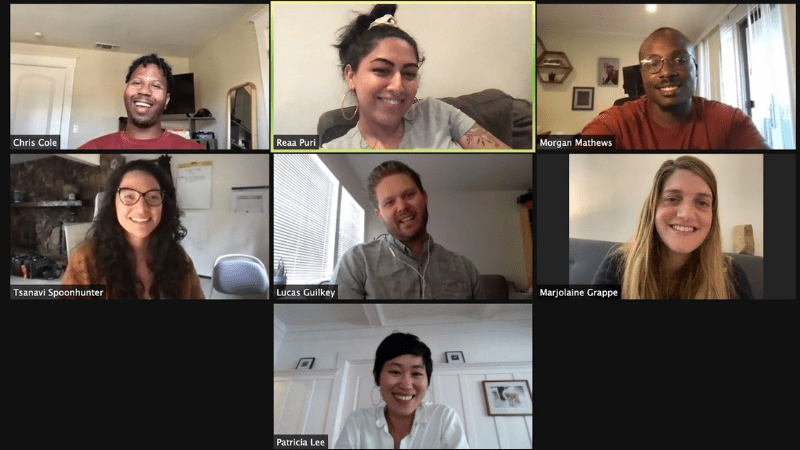
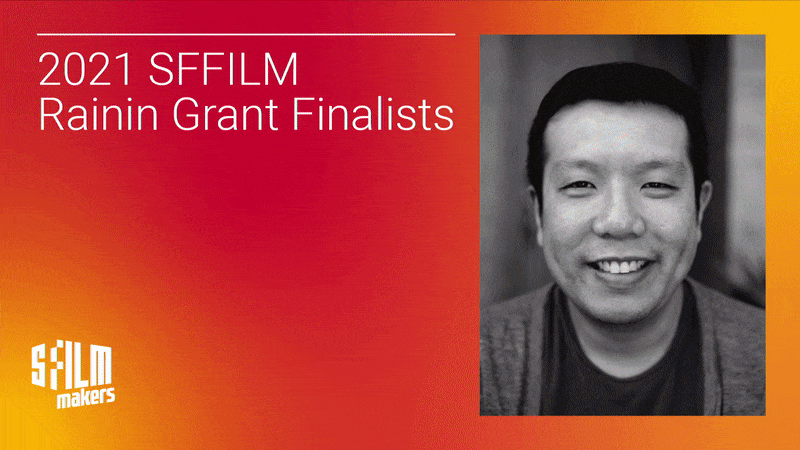
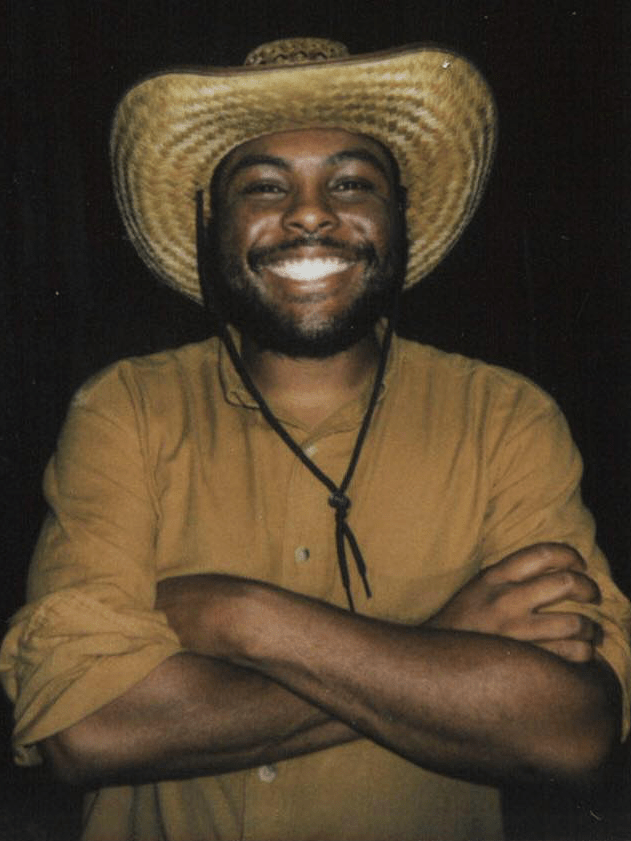
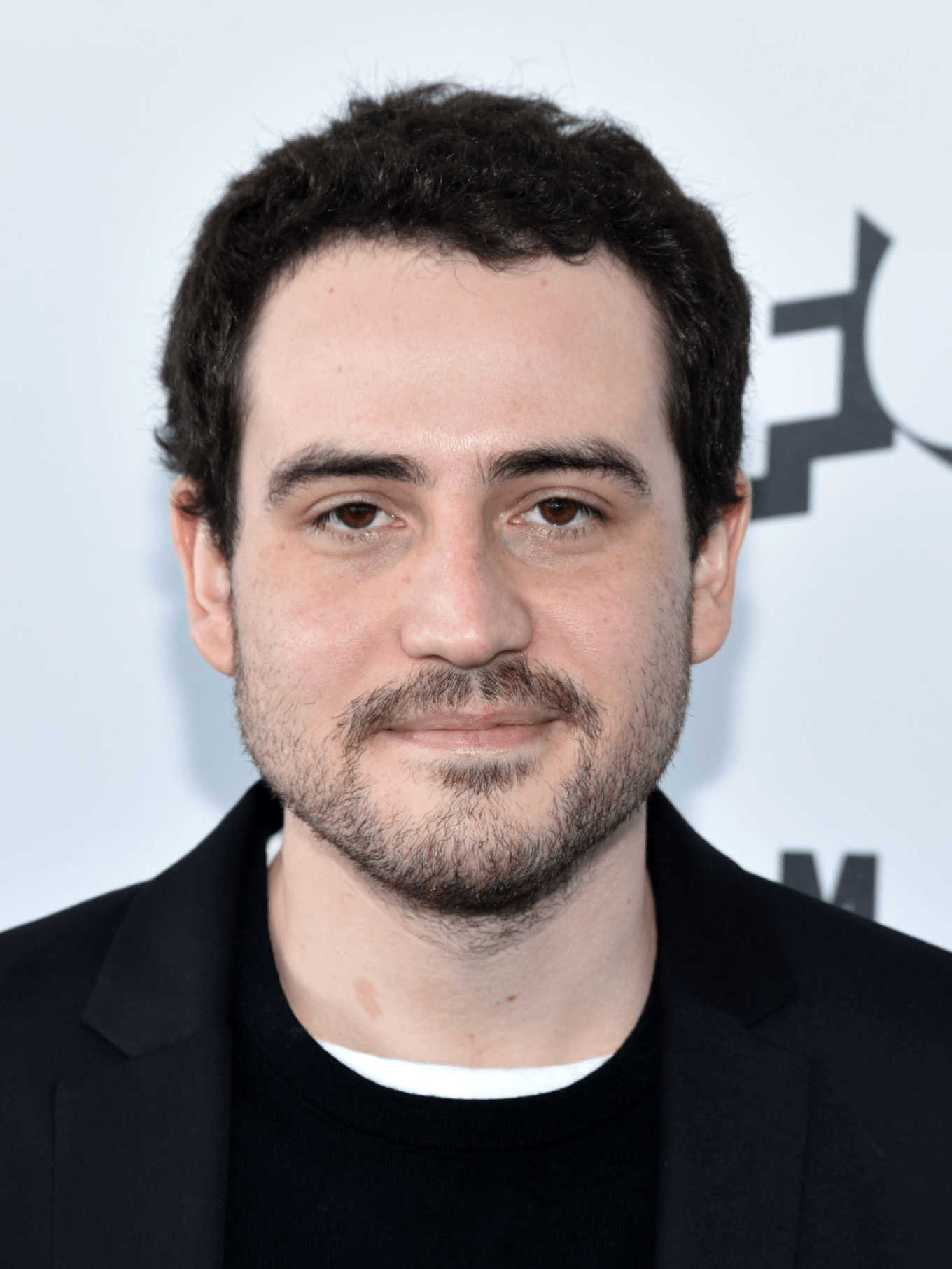
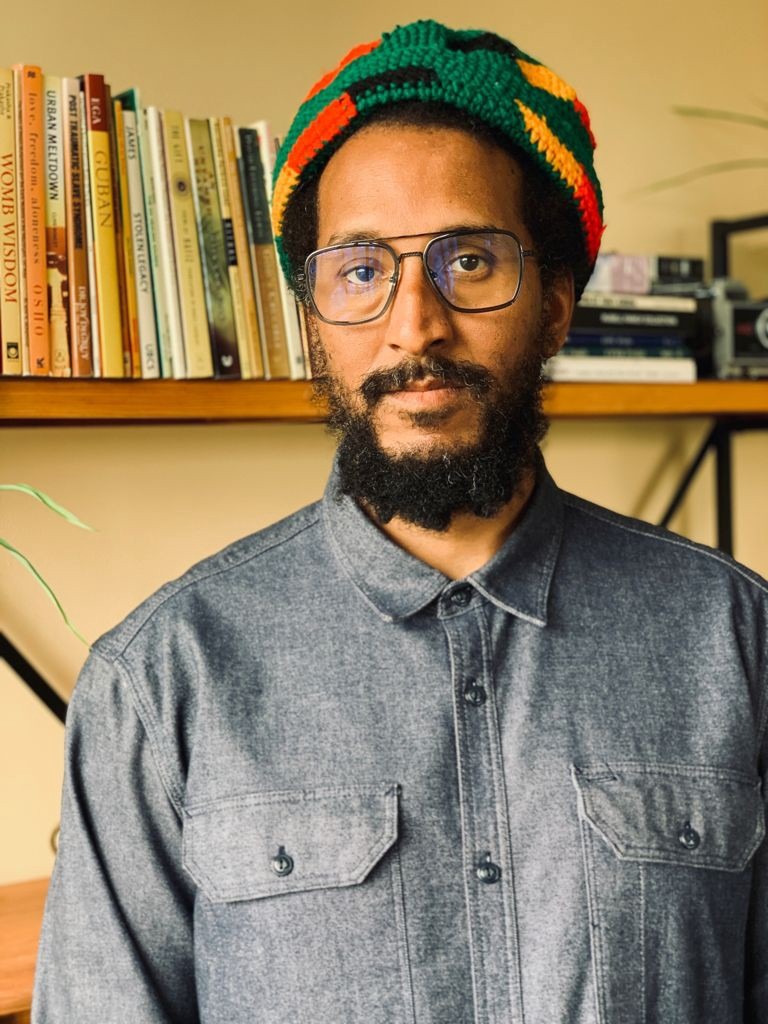
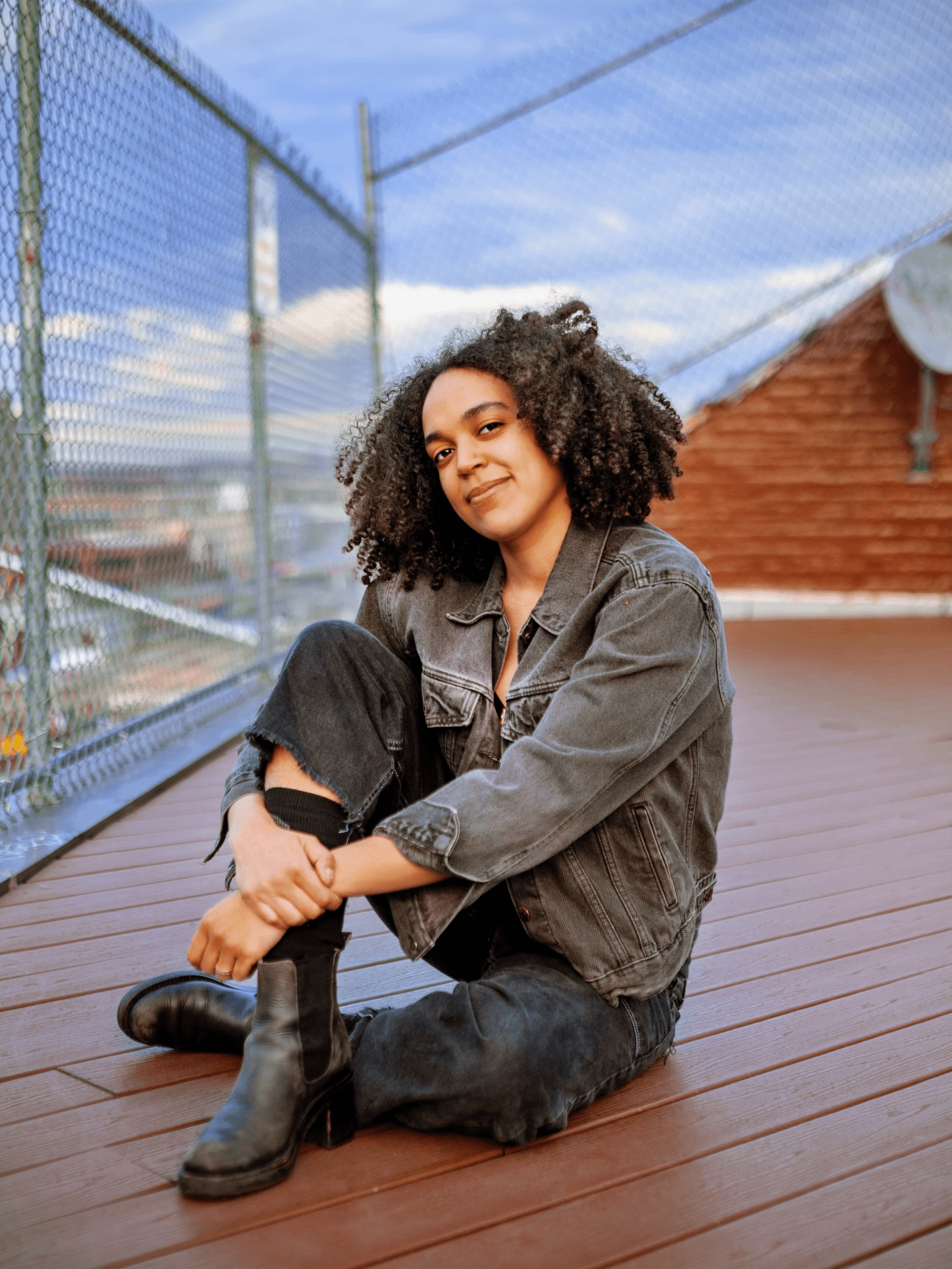
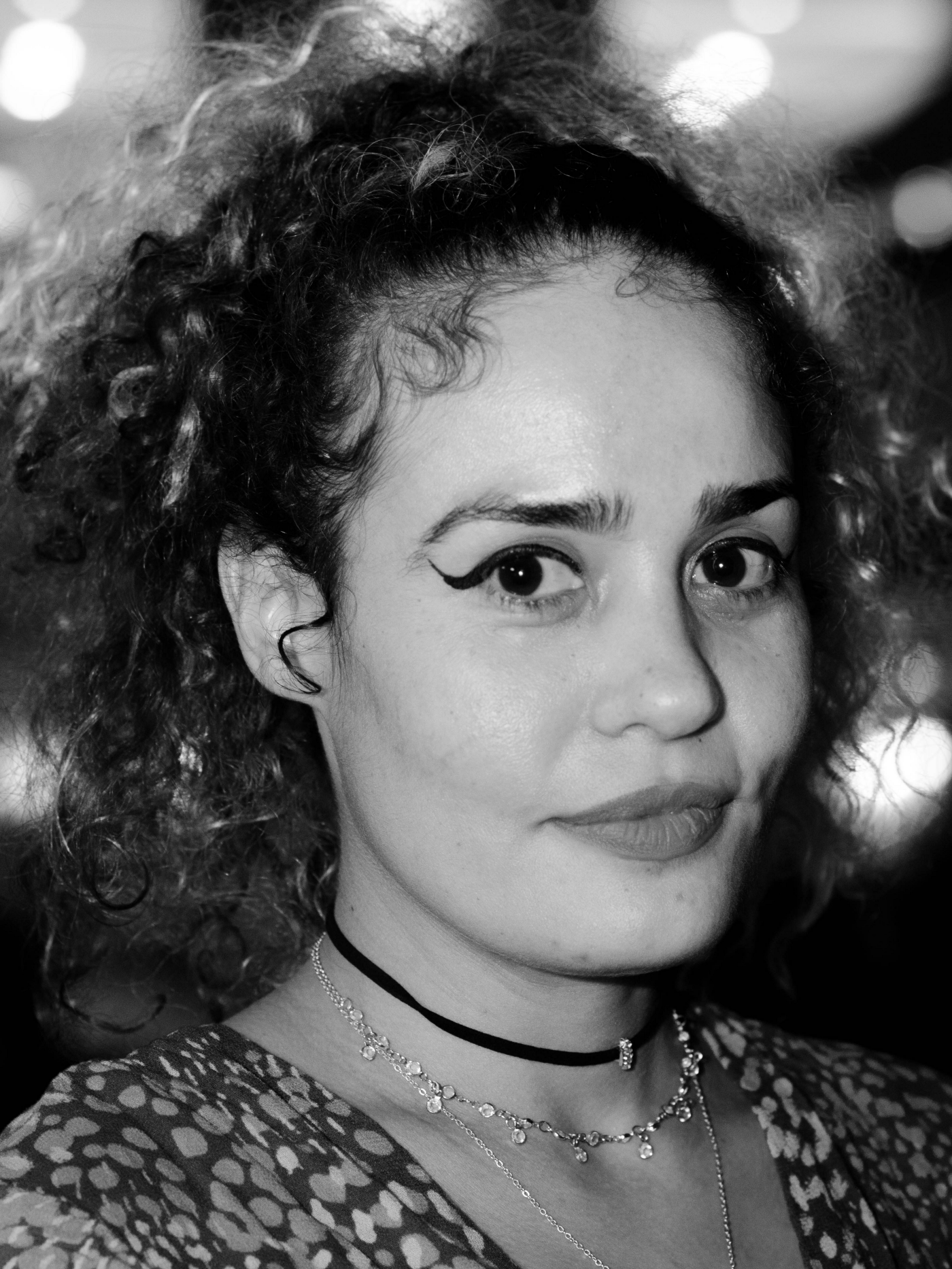
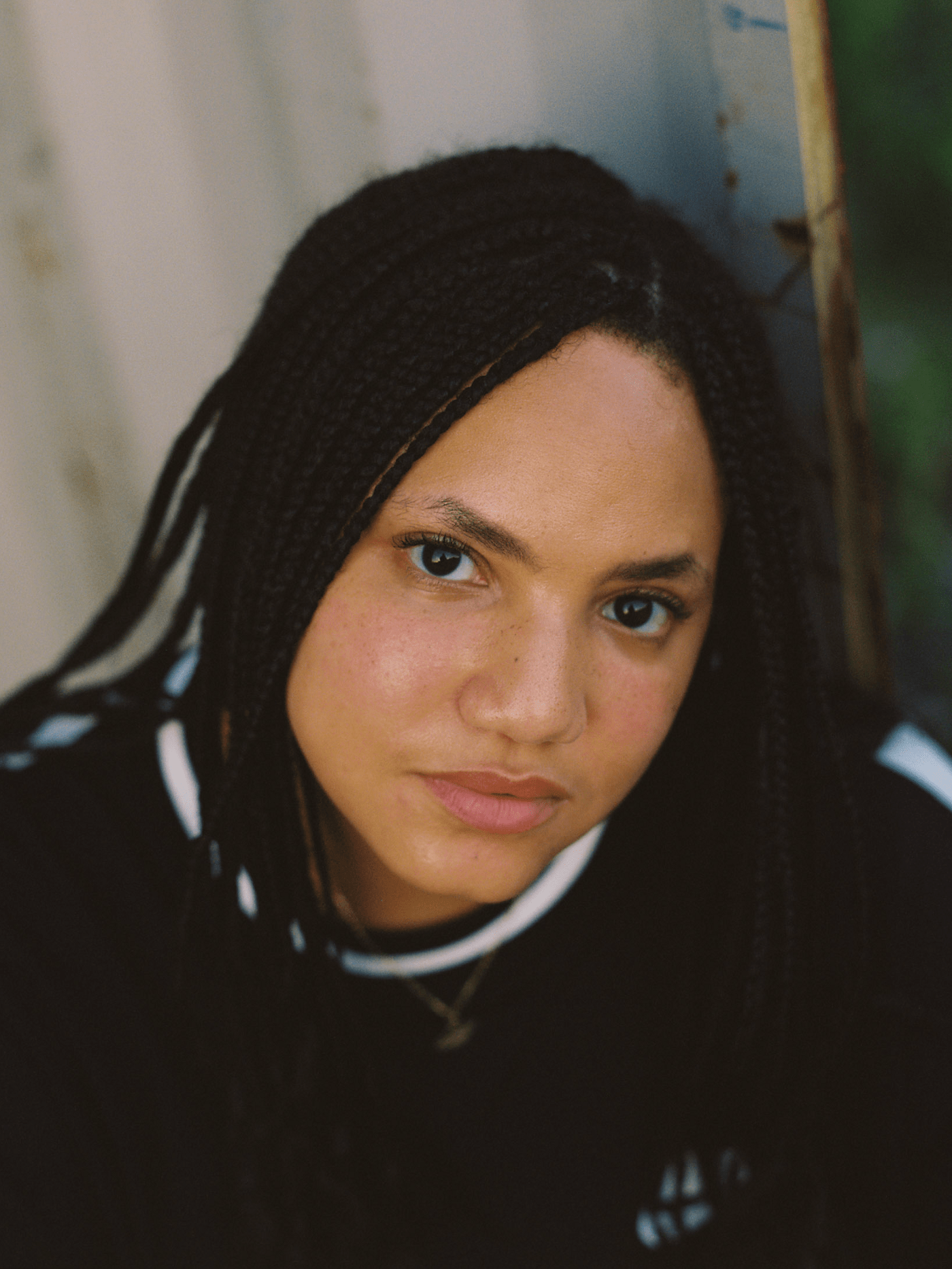
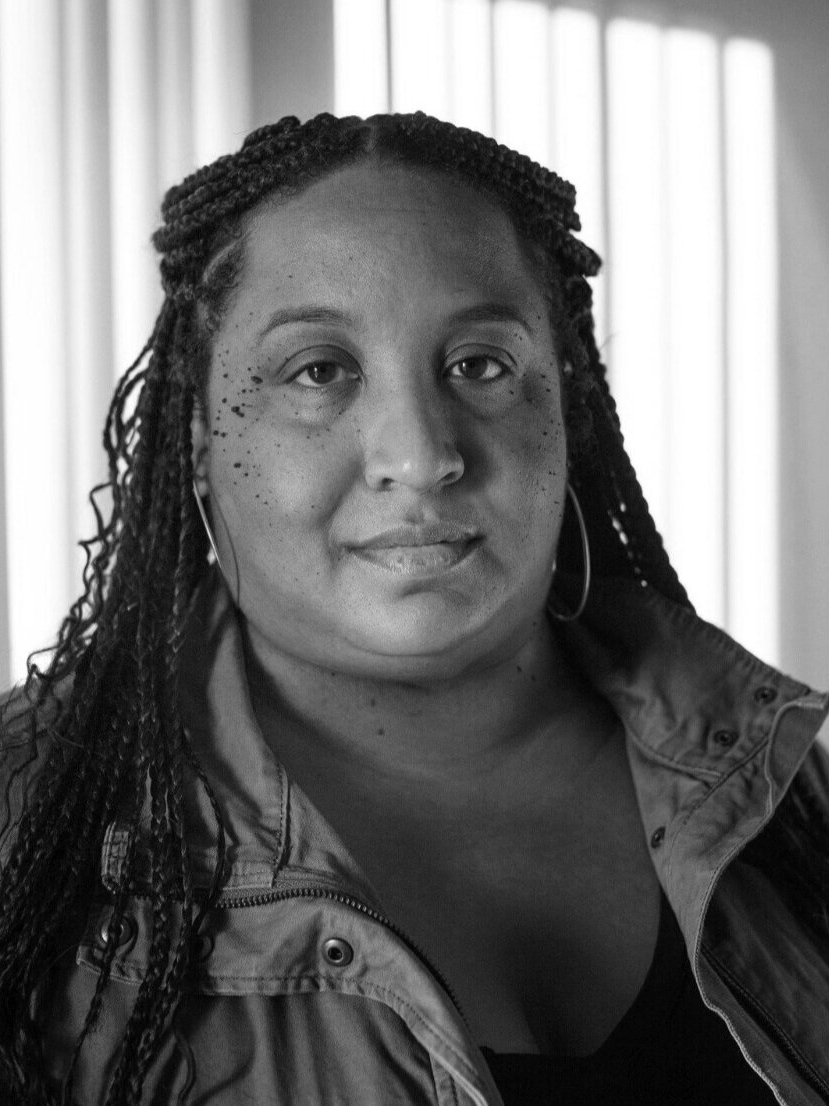
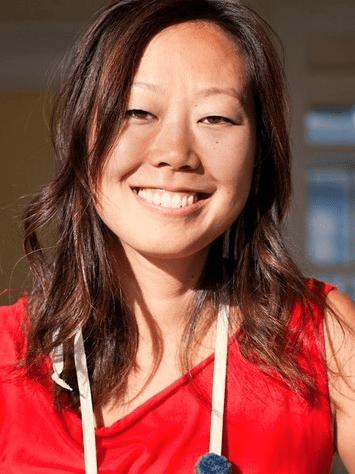
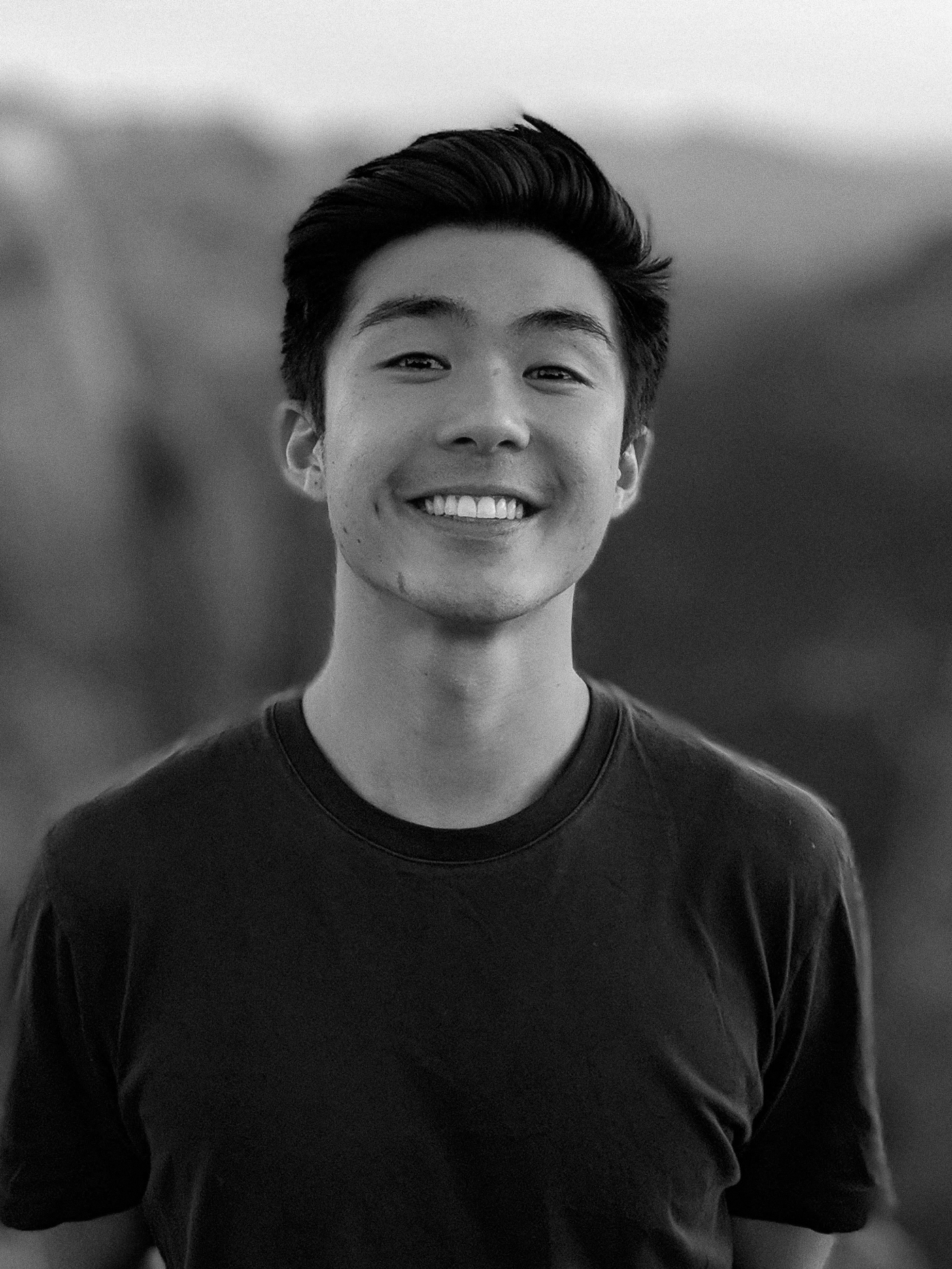
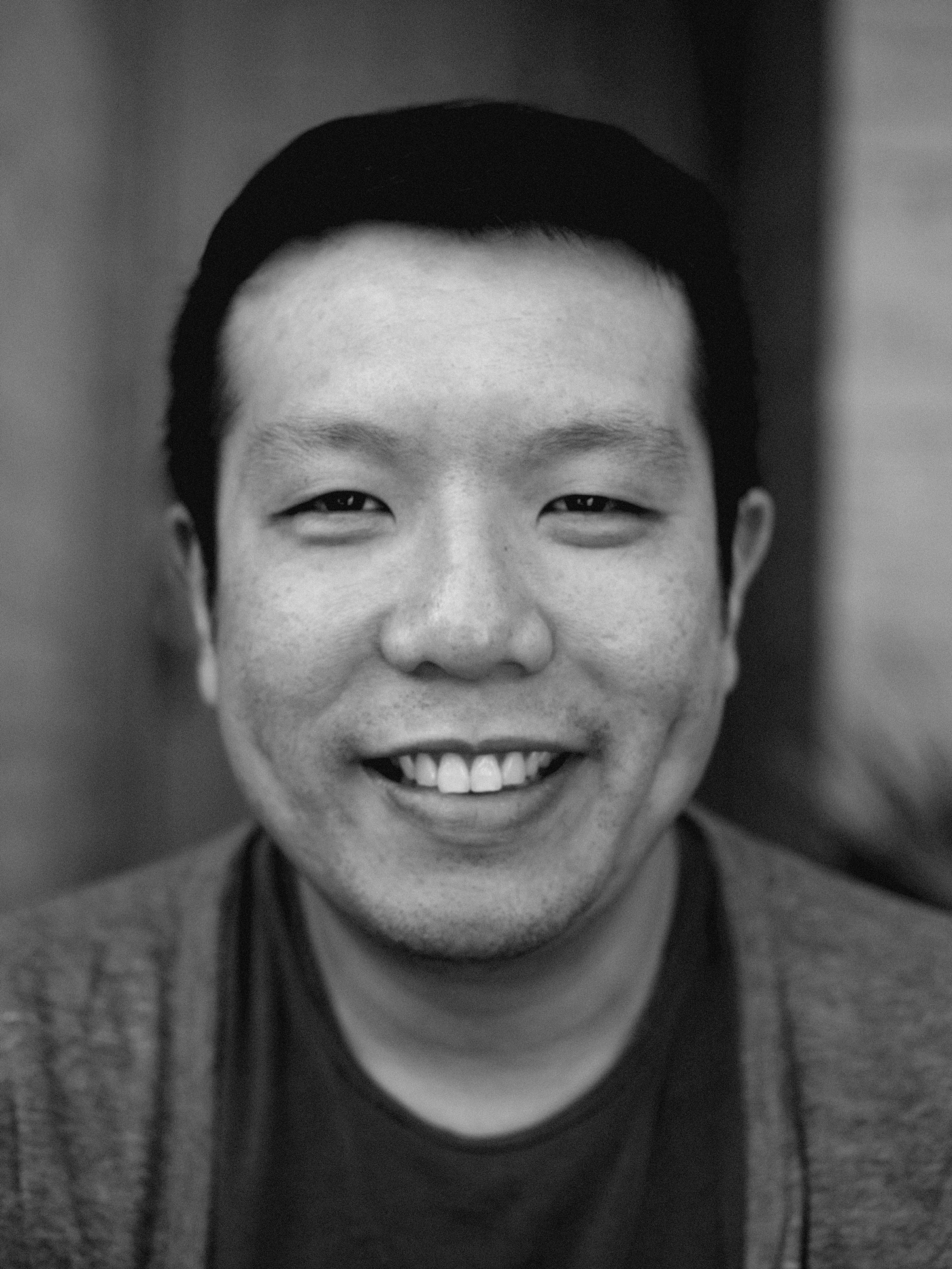
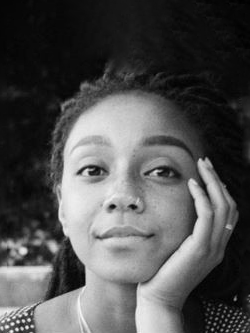
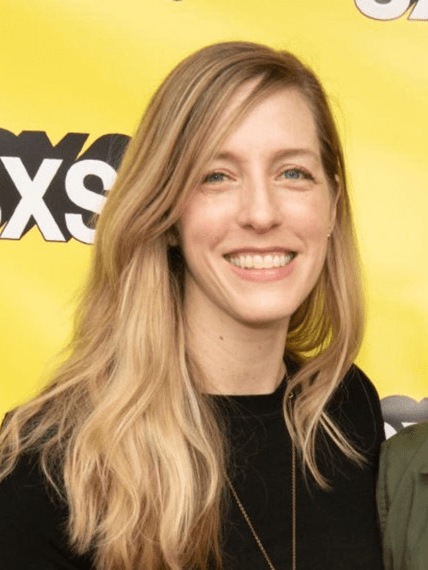
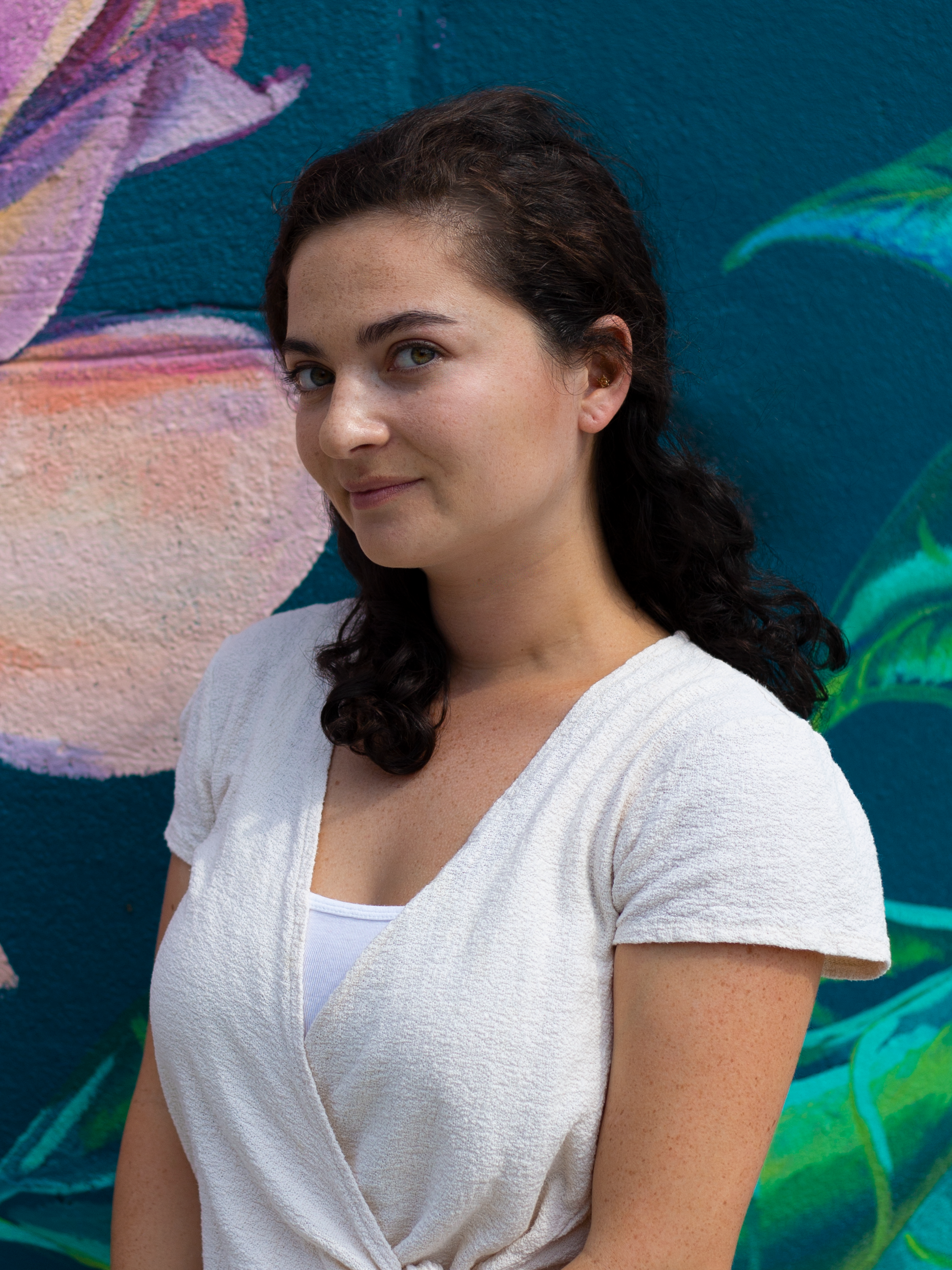
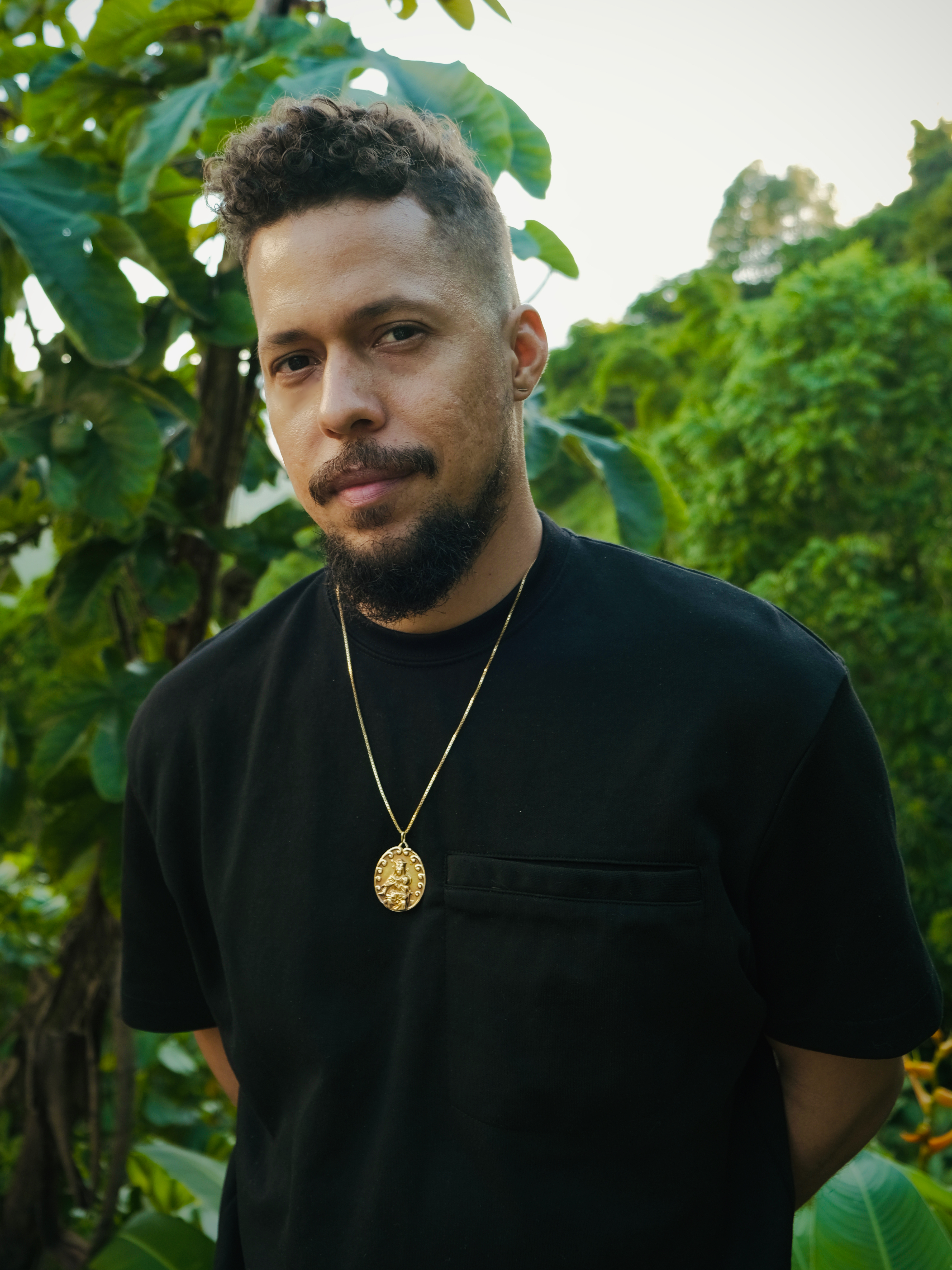
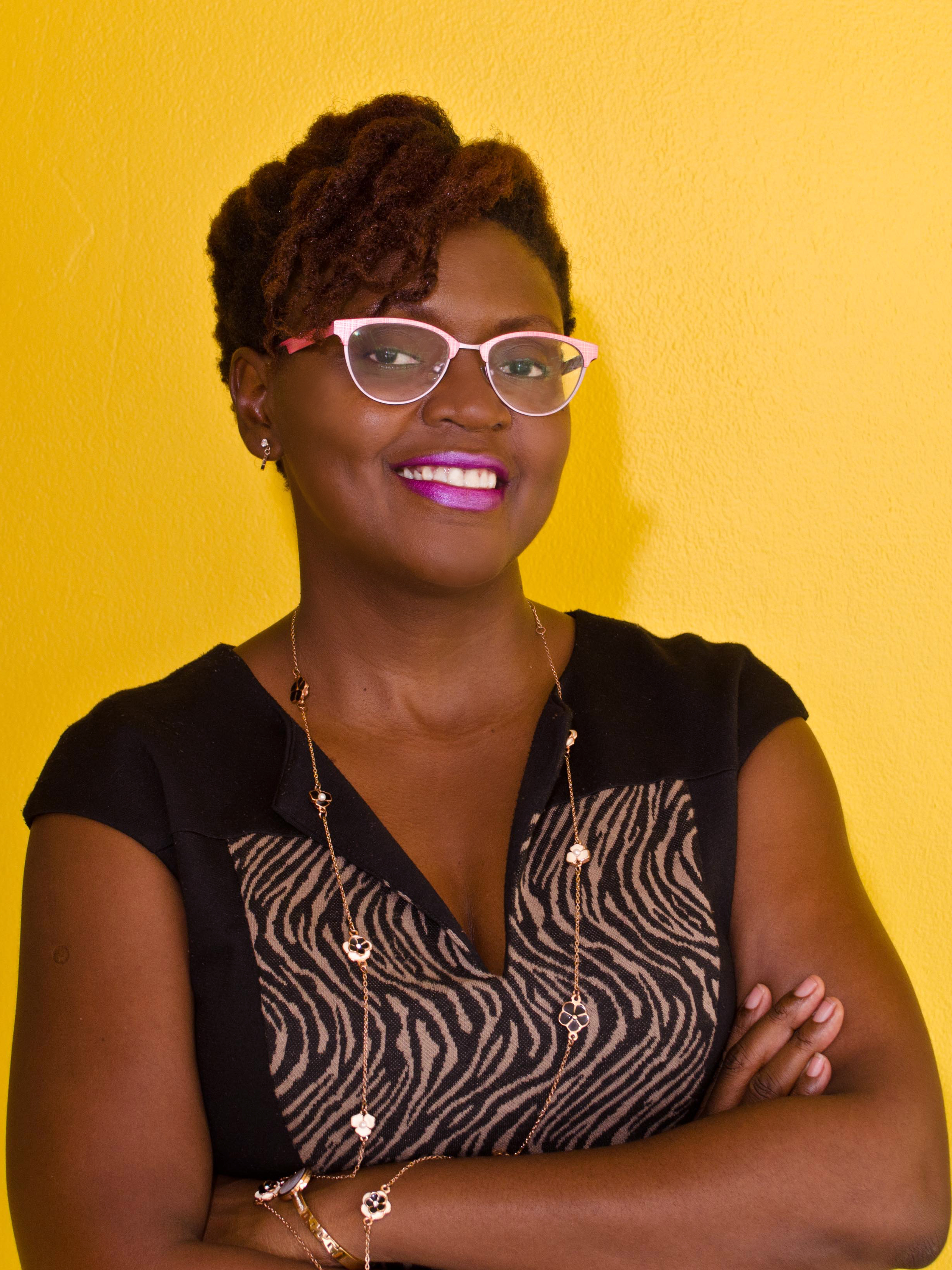

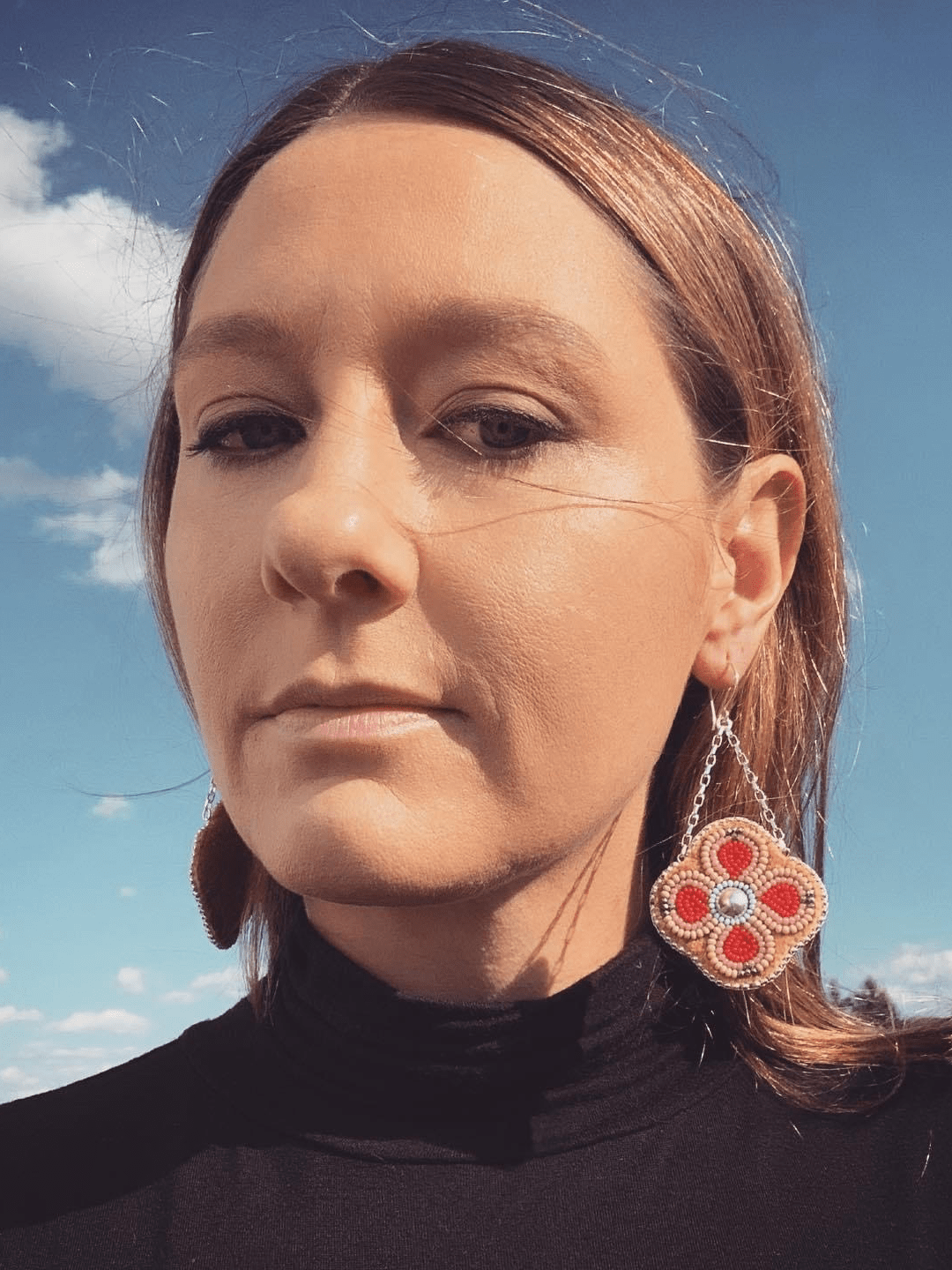
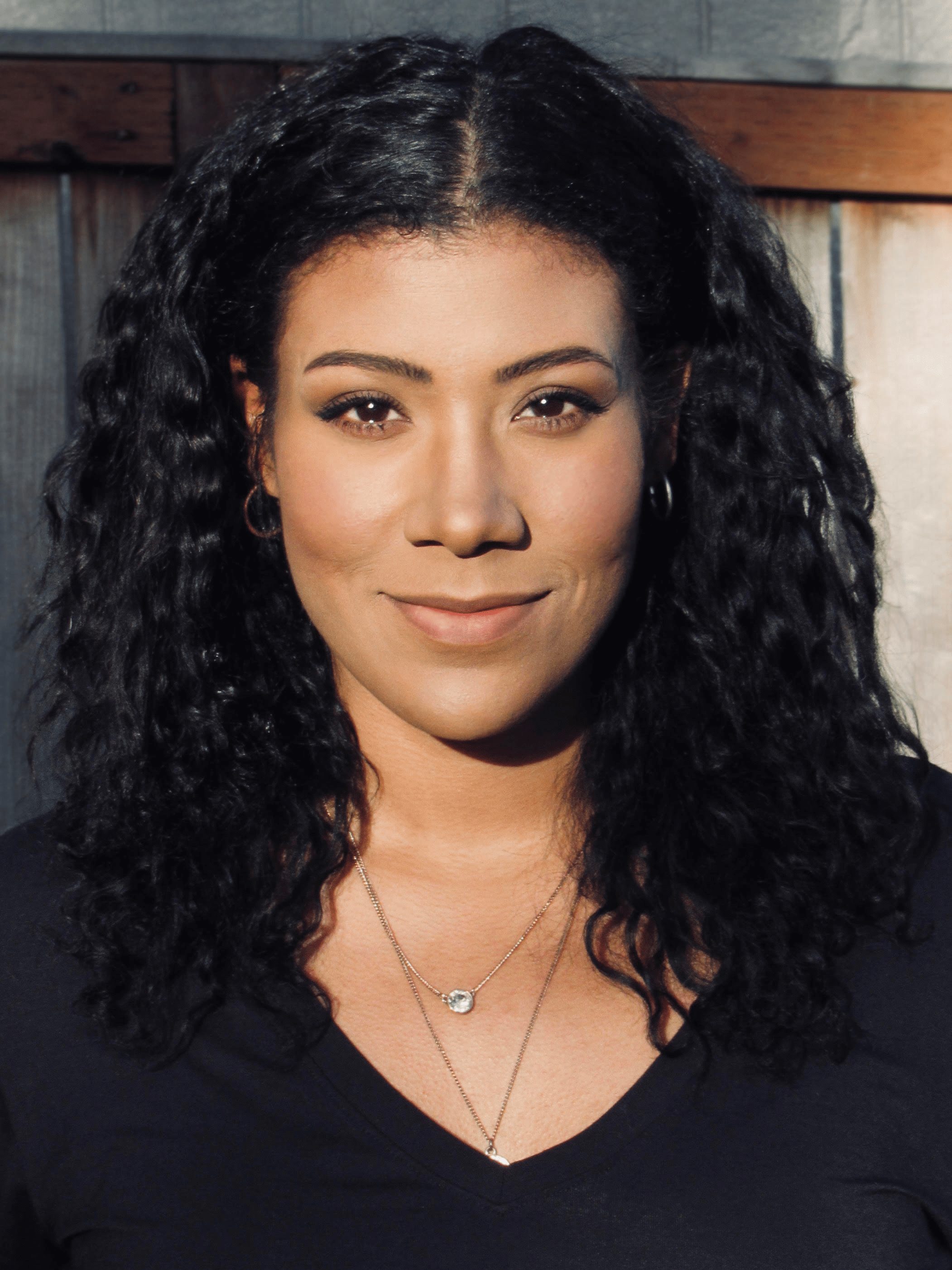
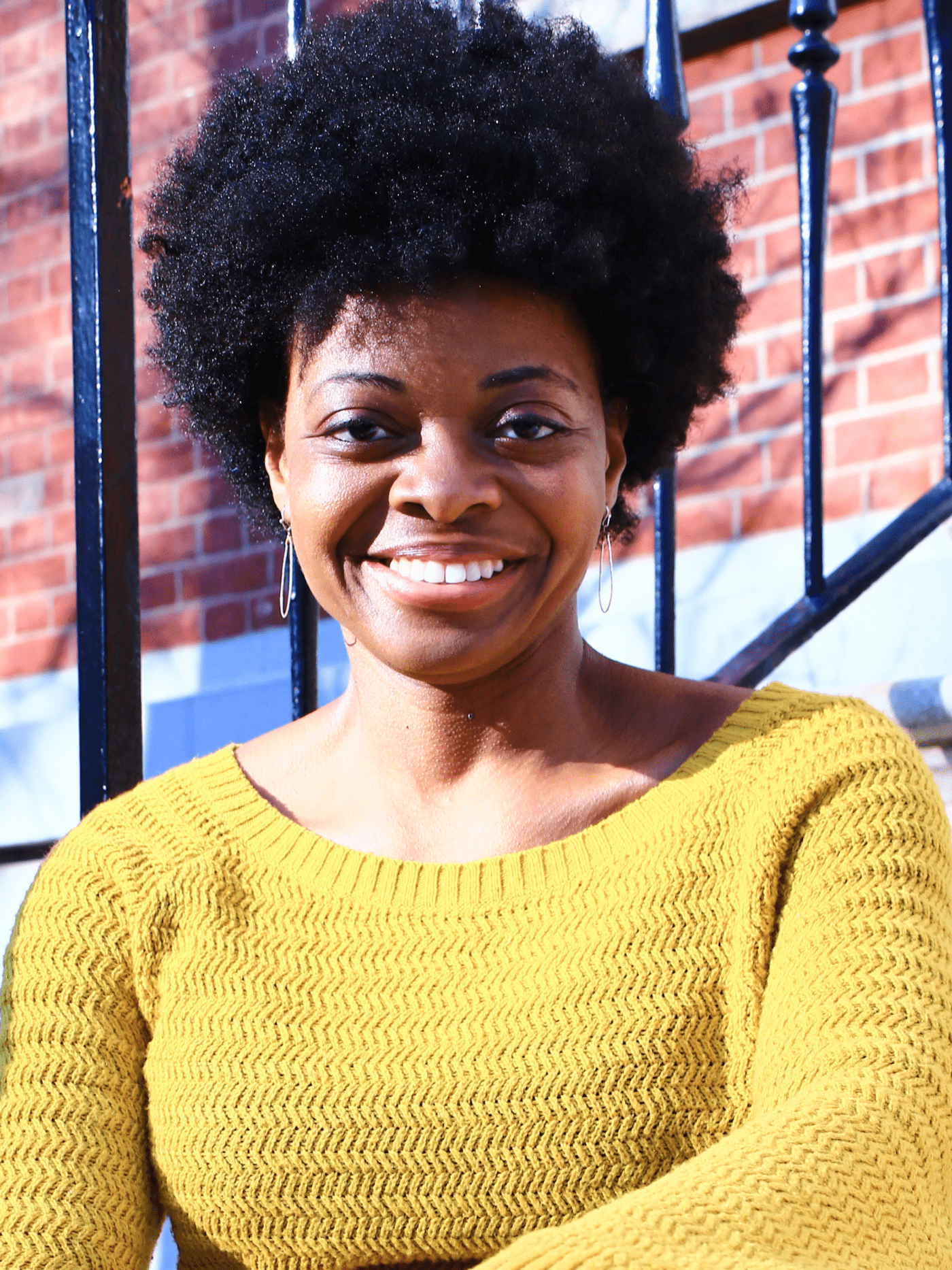

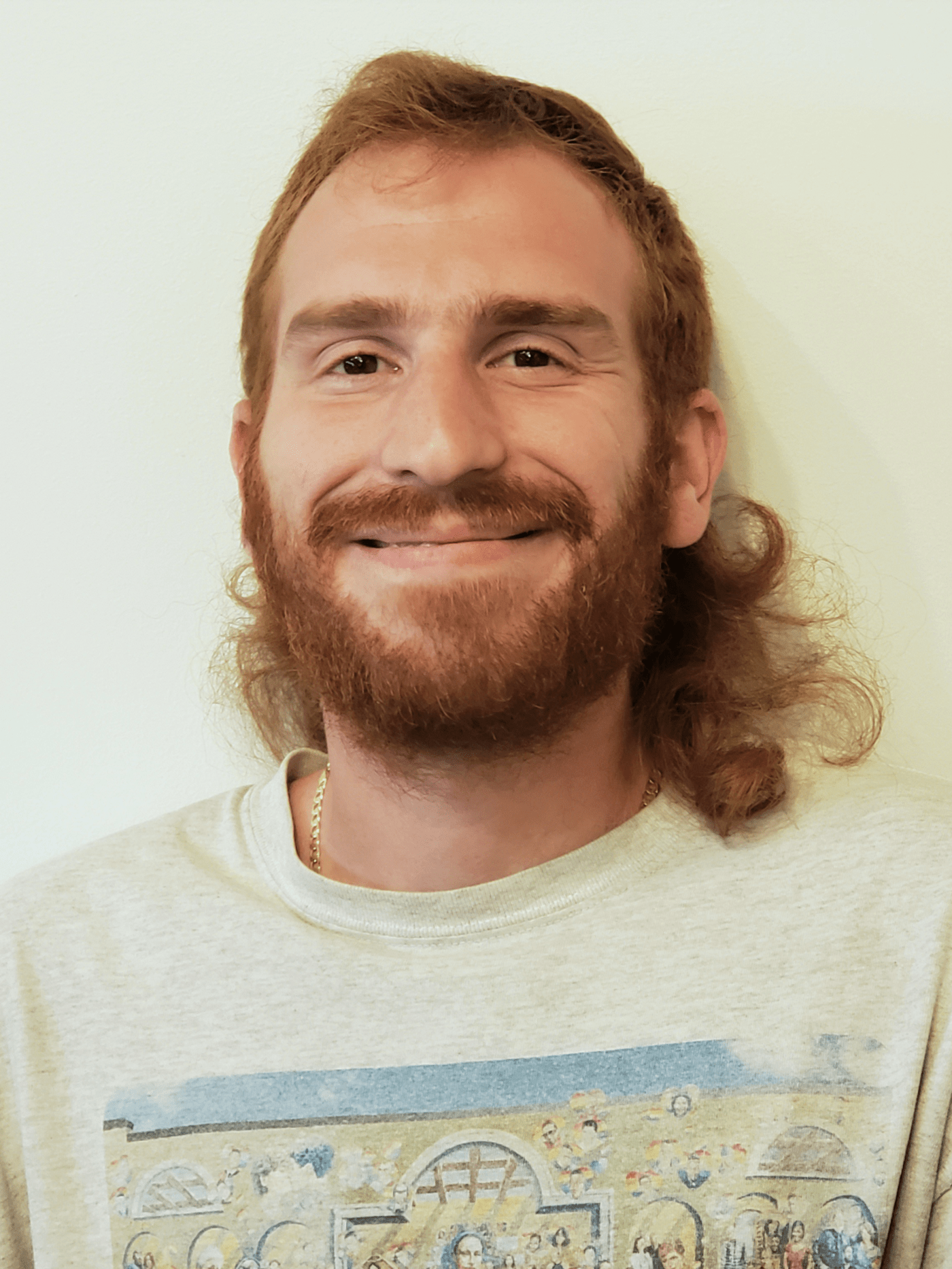
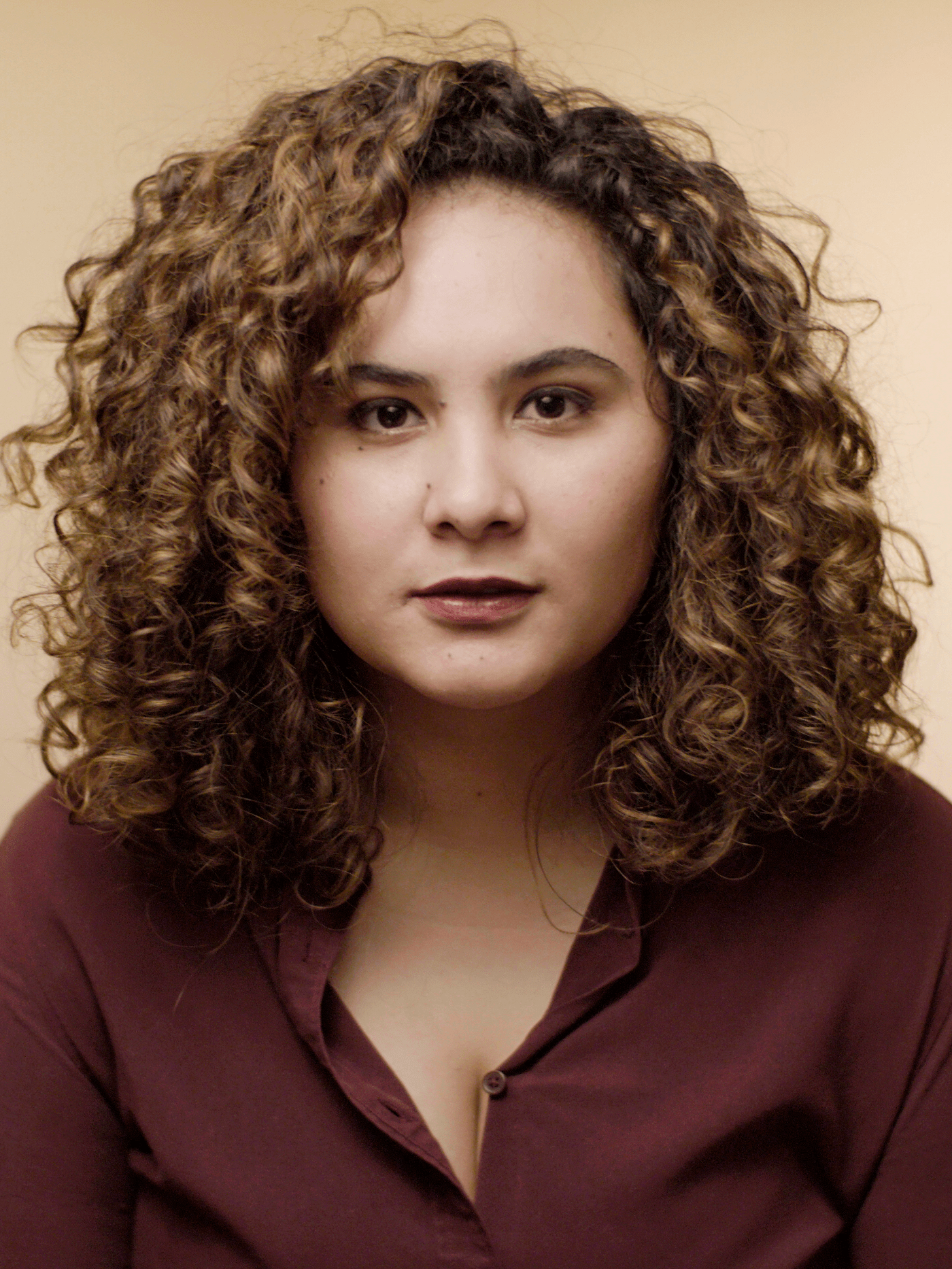
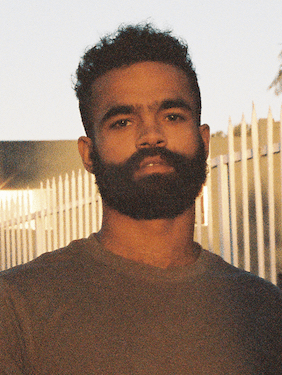
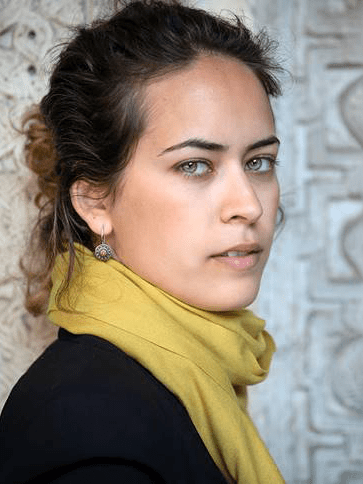
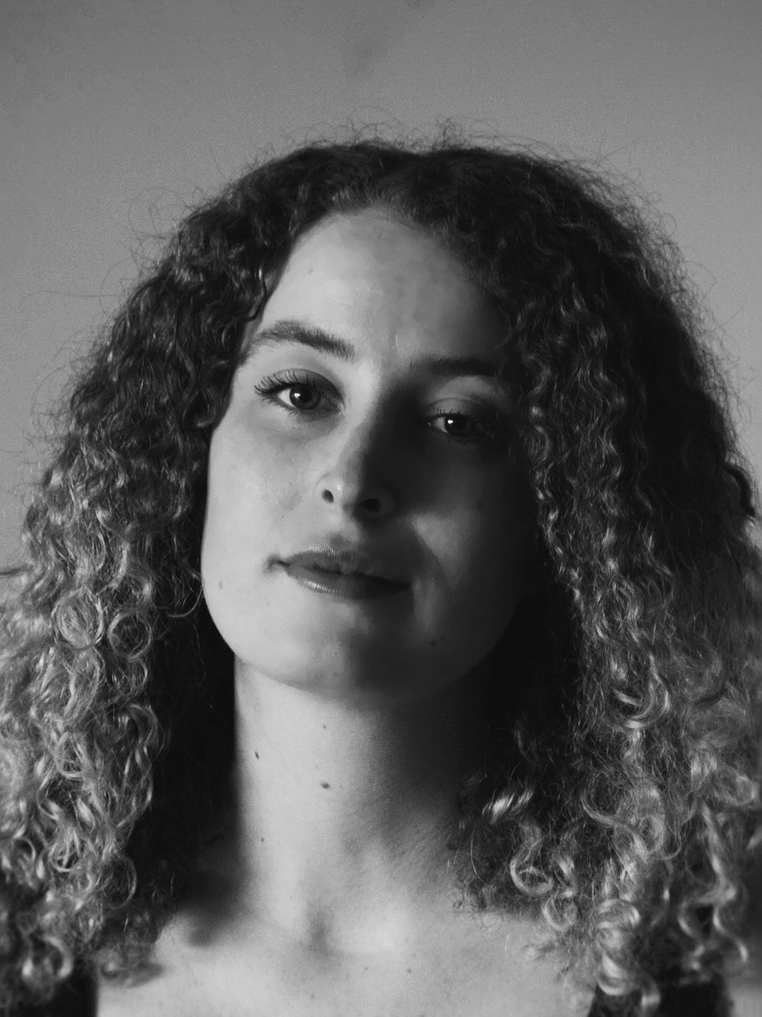
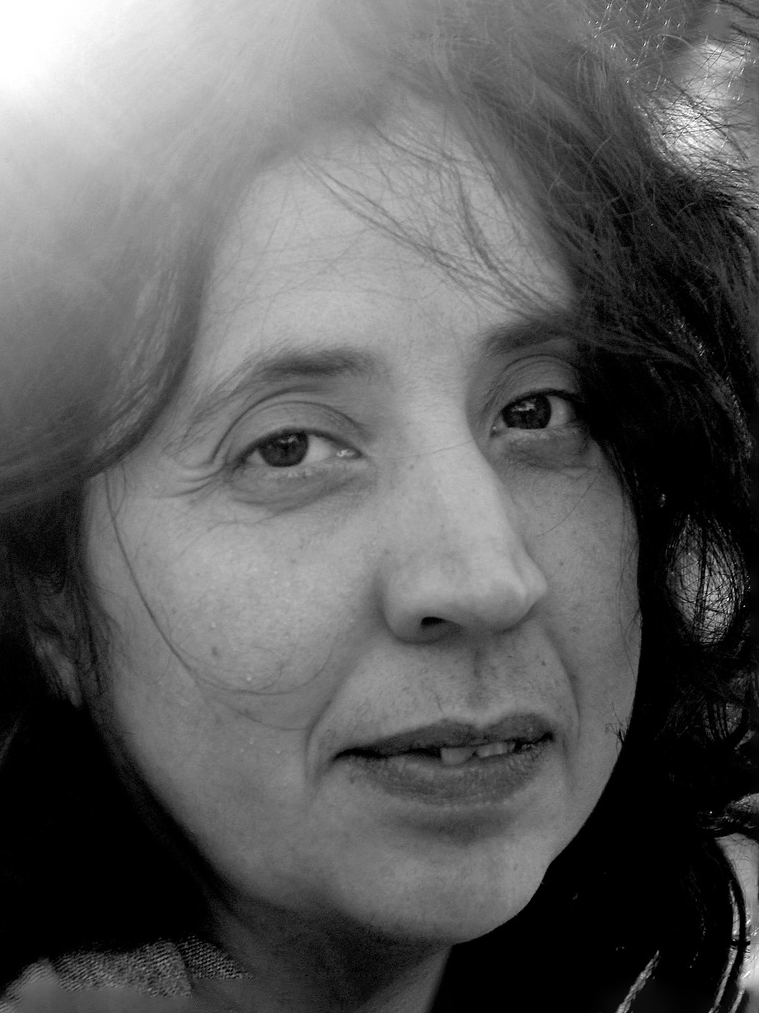
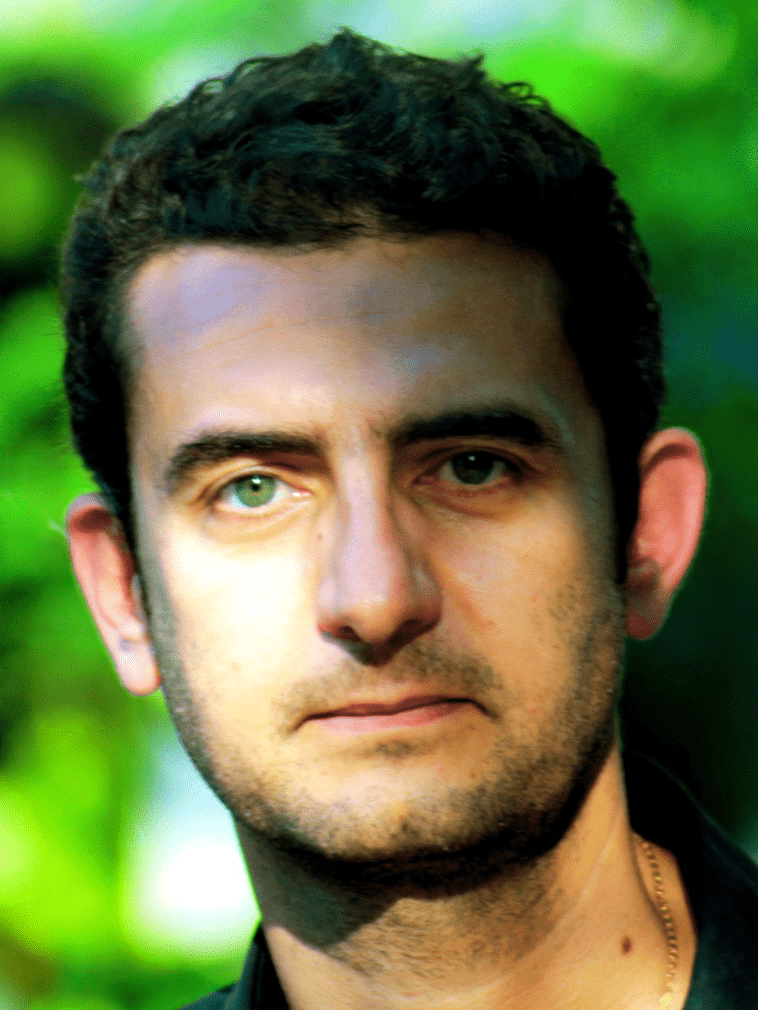
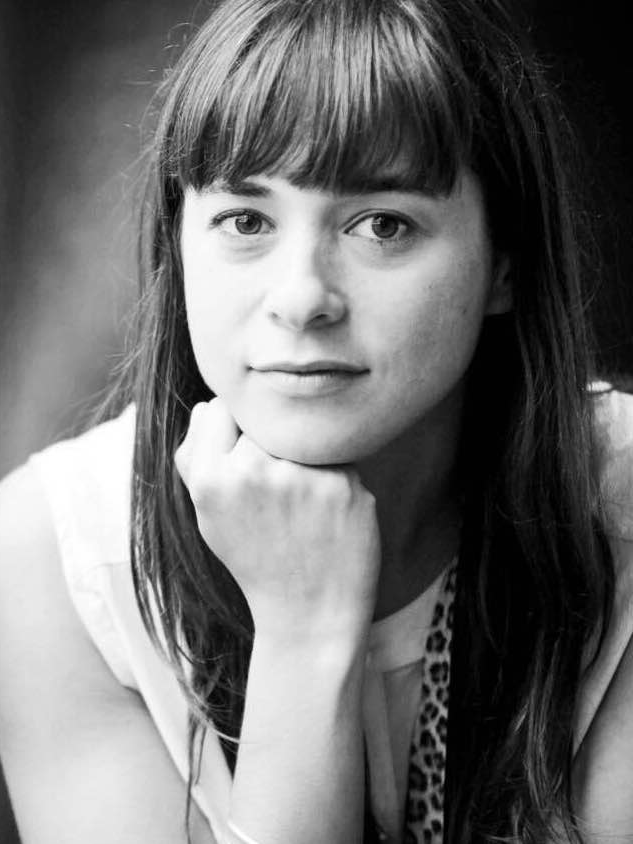
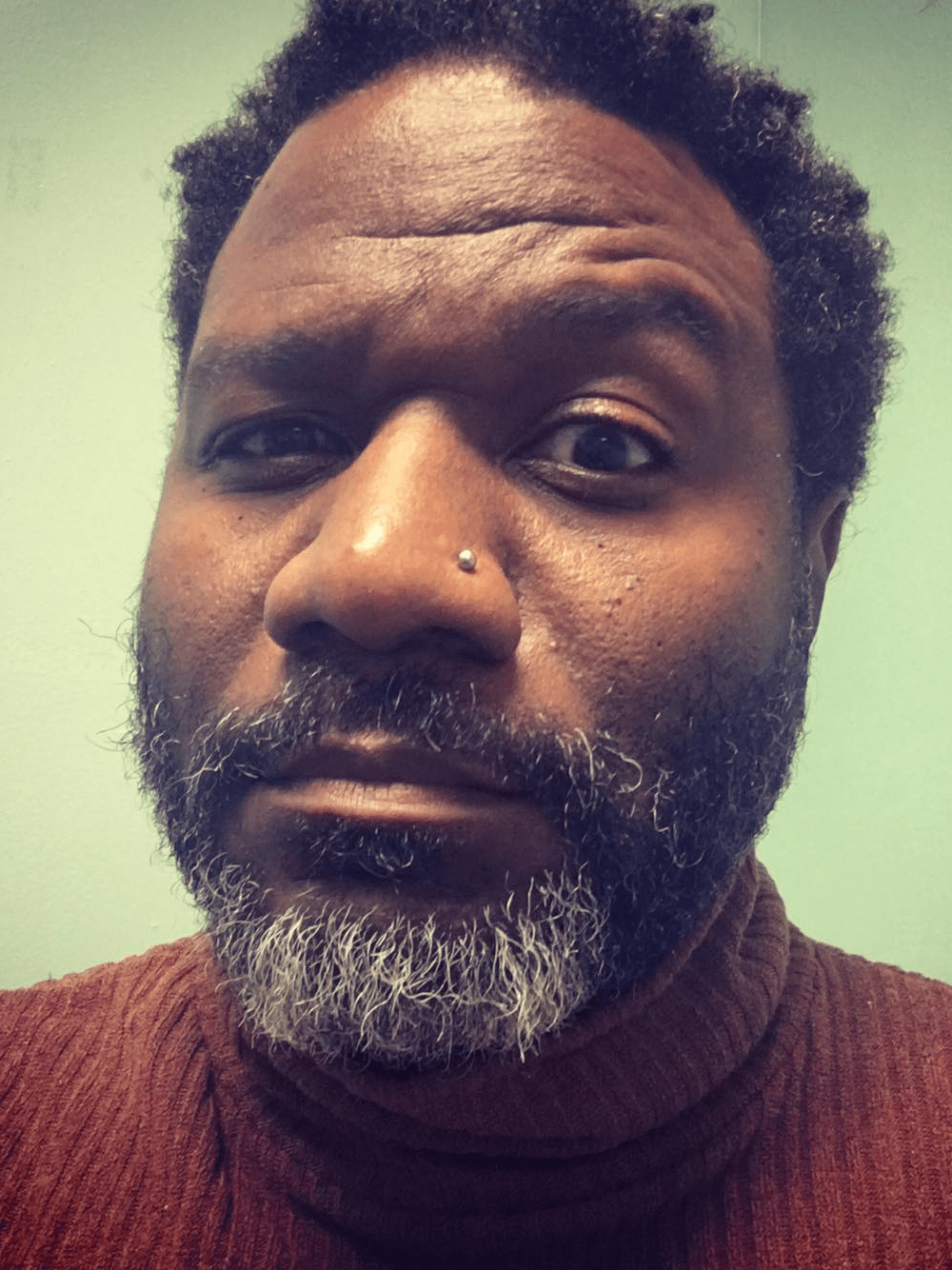 </p
</p
